|
By Amber C. Snider An enchanting new spells deck debuted this month and we’re over the moon about it. Here, we speak to author Cat Cabral about ways to use her wonderfully witchy creation. Cat Cabral, a once familiar face behind the Enchantments’ apothecary counter, has been honing her Craft for over 20 years. Her debut spells deck (appropriately called The Spells Deck) is jam-packed with 78 charms, remedies, and rituals for witches everywhere. Not only is it a cross-pantheon resource for both seasoned practitioners and newcomers to witchcraft, it’s also a beautifully designed work of art. As a witch’s divination tool and intuitive guide, The Spells Deck is broken down into eight thoughtfully-curated categories based on intention and ritual. There is the Witch’s Tools category (insight into all the witchy paraphernalia we love), Language of Magic (an overview of symbols and sigils), Bonds of Love (rituals for healing hearts and self-love), Abundance and Good Fortune (‘cause we can all use a little extra dough). There’s also Rites of Purification and Renewal (for cleansing, protection, and connecting with the earth), Fires of Passion and Creativity (rituals for passion and courage), Intuitive Awareness (for enhancing divination), and Witch’s Familiars (animals guides and mythology). “I wanted it to be a guide for witchcraft. I wanted to set it up as ‘here are the tools you need to practice and here's how you can map it out,’” Cat Cabral tells me over coffee in Park Slope one early autumn afternoon. “And then there are the different categories that – universally speaking – all humans want to connect with, whether it's love, success, intuition, feeling,” she says. Cat’s passion for witchcraft (and the generous sharing of her expertise) is palpable not only in real life, but also within the soft flip of the impeccably designed deck. It features a minimalist, abstract card design using a mix of soft beige-pinks, bleeding black strokes, hushed greys, and muted yellow tones. There are exclusive recipes for incense and magical oil blends, and each card contains a symbol that can be carved into a candle to enhance your spellwork. But you can also use the card like a tarot deck: “I want people to mix them up, play with them, spread them out and then just kind of feel it out and see, 'Oh, I've picked Queen of Torches...this is a recipe about confidence.’ Whether or not you feel inclined to make this exact recipe, maybe tapping into your confidence is something you want to think about,” Cat says. “The Queen of Torches spell is wonderful,” she muses. “I make this oil for myself and I love it. But you could also just buy frankincense and that will work for confidence. Rose is really good to heal the heart and orange helps with depression.” “These are my suggestions, but at the end of the day, I don't want people to think they have to spend an elaborate amount of money to be a witch, you know?” So what exactly is ritual? And why is it so important in magical work? “For me, ritual is about creating a separate and sacred moment in time where you can connect to Divine Spirit, God/Goddess, Ancestors, whatever you want to call ‘It’ – and also connecting to yourself,” Cat says. “Ritual is also a really good way of connecting with other people.” Cat regularly conducts magical circles, especially around pagan holidays, some of which are open to the public. Ritual doesn’t have to be an elaborately performed ceremony, but anything that allows us to get centered and ready ourselves for encounters with the Divine Spirit. “We have rituals every day...the way we comb our hair or brush our teeth. In doing a ritual [with intention], you're sending out certain signals to the Universe that this is what you want to happen on an energetic level,” Cat says. “I'm a witch that does believe in a higher power – but some don't. Intention coupled with action is really the key to how magic works." Cat says ritual can also include language in the form of chanting, or dancing, or visualization, or even sex – but the most important thing is to raise energy. “Anything that heightens your senses [can help in a] variety of spell work.” Using The Spells Deck as an intuitive guide to manifest intention was one of Cat’s goals in the deck’s creation: “Your intention could be, ‘I feel really stuck right now, nothing seems to be working, I really want to do a ritual for clarity.’ So I have a spell in here called ‘Lucidity.’ There’s a chant you can do and it also involves carving a big cross on the top of a white skull candle to open up roads, as well as plants and oils that traditionally have to do with clarity.” The hardest part of spell work, Cat admits, is letting it go after you’ve performed the spell: “At the height of it, (when you've raised your energy and it affects the chant and you keep repeating it), you then just have to let it go. You just have to see what happens next. And that's the most difficult part with magic because so many people are results-oriented only. People ask me, ‘How do I know if the spell works? Did I do it properly?’ There is always an outcome to a magical action –yet it may not appear the way you expect or bring about the result you initially imagined. But that's part of the journey, learning lessons and interpreting messages, it's all part of the craft." 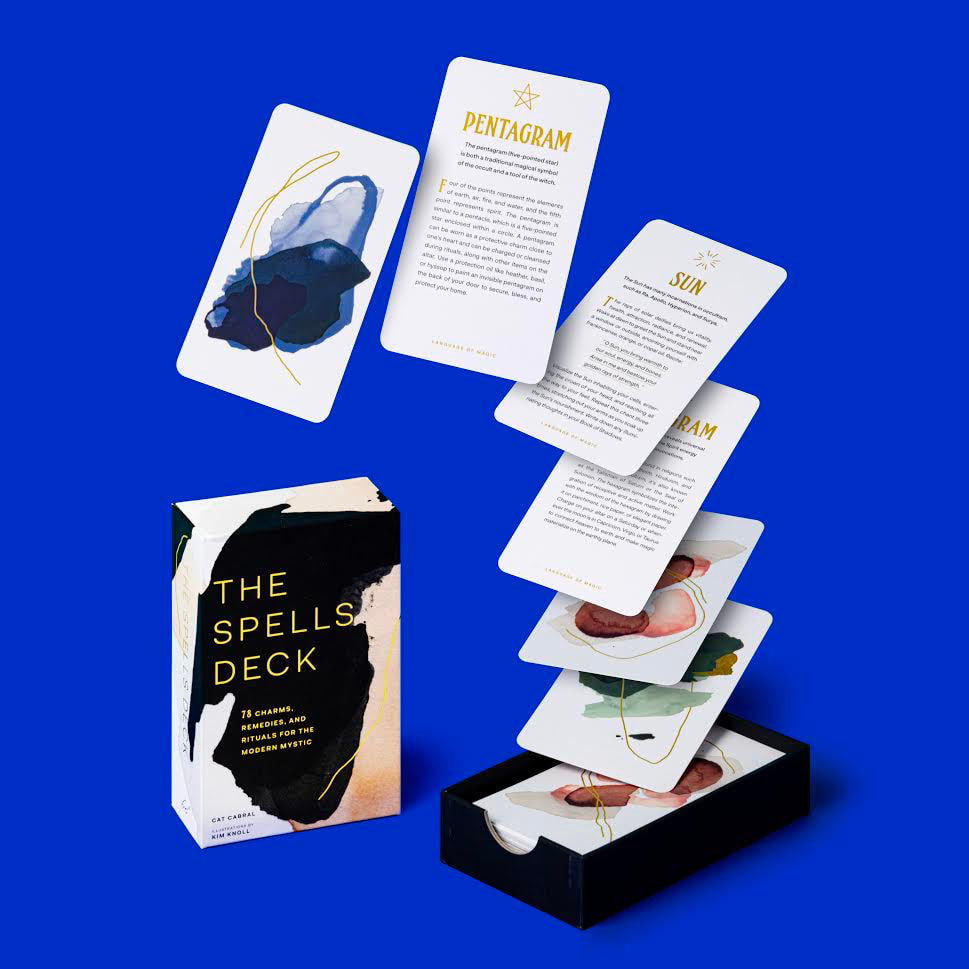 Image courtesy of author | © Chronicle Books Image courtesy of author | © Chronicle Books To purchase Cat Cabral’s The Spells Deck, which debuted on October 17th from Chronicle Books, click here.
1 Comment
By Ana Vice Here are five ways you can use the “power of the cat” in your attraction and healing candle spells. Cat candles look, well...just like a cat. These image candles come in white, black, green, and red. They are traditionally used for luck, attraction, or healing pets (usually cats but some people have used them for dogs). But they can also be used for human needs and desires, too. Here are five ways you can work magic with cat candles: Purification or healing ritual for a pet Use a white cat candle. First, begin by taking a cleansing bath, such as Uncrossing or Obatala Healing sea salt bath (or smudging yourself and space with sage). Then, set your intention for purification or healing, and light the white cat candle with your pet’s name and astrological sign carved into it. Focus your energy on clearing away any and all negativity. Uncrossing or Kyphi are good oils for this purpose. For healing, Asclepius Healing oil can be used. Optional: Burn some Uncrossing or Asclepius Healing incense as the candle burns (depending on which candle spell you choose). Send a message of love to a deceased pet or bring a lost pet to come home Use a white cat candle. After taking a sea salt cleansing bath (or smudging yourself and space with sage), set your intention for sending a message of love. Next, light the white cat candle with your pet’s name and astrological sign carved into it. Love’s Messenger is a good oil for this purpose or you can use Come to Me oil in order to bring a lost pet home focus your energy on the pet finding its way home. The intention would be to call the lost pet safely home asap. Sexual attraction ritual for humans using a cat image candle Use a red cat candle. After taking a cleansing bath with Siren's Seduction or Bad Ass!, set your intention for sexual attraction. Then, light the red cat candle with your name and astrological sign carved into it. This can be for heterosexuals, transsexuals, homosexuals, and genderqueer individuals. For example, Cat’s Night Love oil can be used for gay women, Oscar Wilde Oil or Hyakintos Lover Oil for gay men, or Great Sex could be good in general for this. We also carry other sensual blends. Like with other rituals mentioned here, you can also burn intention-specific incense during the time of the ritual. Double fast luck or prosperity ritual Use a green cat candle. After taking a cleansing bath, (a Fast Luck sea salt bath is great here), smudge yourself and space with sage or incense. Then set your intention for good luck and/or prosperity, and light the candle with your name and astrological sign carved into it. Double Fast Luck or Prosperity are good oils to use for this. Banishing ritual Use a black cat candle. After taking a cleansing bath with the Rebirth sea salt bath blend, set your intention to remove bad luck as you light the candle. You can carve your name and astrological sign directly onto the candle. Banishing is a good oil for this purpose, but be very careful about your intention here (and be as specific as possible) so you don't banish the good (positivity) or your spirit guides. Optional: burn some Banishing incense as the candle burns. To learn more about wax image candle spells, check out this article. By Coleman Drew A Witch went into the woods of Vermont in search of answers and instead discovered the beauty of living inside the questions. As a queer artist living and witching in NYC, I realized I needed “someplace without any trouble” for a spell. I had no idea one would appear in the form of a Faerie Sanctuary. You might even say it was my destiny to discover it. Nancy the Girl, my friend and Faerie Goddess Mother, has been apart of the Fae community for years. She’d been trying to get me to join in the fun and the stars aligned – quote literally with Mercury going stationary and a new Moon – to bring me into the fold just in time for Lammas. Now you might be asking yourself: What is a Faerie, let alone a Faerie Camp? And what does it mean to be Fae? Well quite simply, it’s a way of life. And it’s unlike anything you’ve ever experienced until you’ve lived it – but we’ll get to that in a bit. I figured time in the woods without the bright, glowing distraction of computer screens that will never love me back would be the perfect place to answer some pressing life questions: What are you working towards? Are you living life as you want to create it? And if home is suppose to come from inside, why do I feel so lost? Ya know, all those summertime-sadness-seasonal-depression-kinda-existential-quandaries. I think everyone in the LGBTQ+ community has a friend or a friend of a friend who is a Fae, so I’d heard of the radical faeries before. But being a Virgo rising, I of course, did some Googling before deciding that this was the place for my answer-seeking-pilgrimage. Here’s what I found: The Radical Faerie movement began amongst gay men around the time of the Sexual Revolution in the ‘70s. Since then it’s become a larger counter-cultural movement that seeks to “redefine queer consciousness through secular spirituality,” including modern Paganism, environmentalism, and anarchism. Thank you, Wikipedia. Big ‘fuck the patriarchy’ and ‘help the environment’ energy, while still maintaining their grassroots in LGBTQ+ circles. Located on 166 acres of reforested farmland in southern Vermont, this co-created, co-working queer community also helps people “cope and heal from a hostile Default World” through a series of gatherings and workshops. Think wellness classes, chainsaw workshops, gardening and permaculture methods, and sexual health workshops for queer and trans folk – you know, all the stuff they rarely teach you about in the “hetero” public school system. Today, Destiny is also open to men, women and everything in between, and Faeries come in from all backgrounds, all walks of life, and all over the world. The community that resides in the sanctuary works together doing chores, preparing meals, building and tending gardens, and holding spiritual space for one another. The idea is that by giving your time you honor those who are also giving their energy for the good of the community. Essentially it’s about co-creating a home of love for all to share – in hopes that you feel a divine connection to the space that you're helping to provide for. Before I took the 5-five hour ride up to Faerie country, I had no idea what to expect other than a vague outline of stories. The only thing I knew for sure was that I was ready to check out of the city for a week. Standing at the bus stop on East 42nd Street, I watched as scads of people rushed onto their Monday morning obligations. All these people trying their damndest not to connect with anyone; trying to stay hermetically sealed in their own energetic bubble. Stephen Sondheim’s “Another Hundred People” from Company played in my earbuds, and I took one more drag from my one-hitter before boarding the Dartmouth Coach. It was probably the fanciest bus I’ve ever been on; style and efficiency are a Capricorn’s wet dream. So here I was going to Faerie camp. I set some intentions along the way: to make time for recalibrating and grounding, to refine dreams, reaffirm goals. I also wanted to address some growing feelings of anxiety and depression. Oftentimes when things seem to be spiraling out of control, the impulse is to dig in and regain the power we have seemingly lost. But I was looking for the opposite. Being a child who grew up in the country I was really jazzed to take the trip up to Vermont, especially to escape the hustle and bustle of city life. Once in Vermont, I was scooped up by my guide – my Sherpa and host – Nancy, and after a few last minute stops to get provisions for the adventures to come, into the forest we went! As soon as we drove onto the dirt road that leads to Destiny I was hit with a powerful wave of nostalgia, almost like I’d been there before. We noticed various campsites and tents set up along the driveway and forest, including a yurt, cute cabin, and shed overflowing with odds and ends, costumes and props. “That's the art shed. Everything is up for grabs there,” Nancy said, gently gesturing to the shack teeming with possibilities. The main building stood near a large clearing where the meadow stretched above and beyond our line of vision. I was taken aback by the beautiful gardens bursting with wildflowers. Purple-blue bee balm, black-eyed Susans, zinnias and echinacea exploded like colorful fireworks. I would later pick some of these wildflowers in the middle of the night to make flower crowns by the fire with Faerie friends. Aesthetic wise, yes there were strong Midsommar vibes but without any of the horror aspects. There was also an outdoor shower perched on a hill with breathtaking views of the mountainside. Atop the meadow, the forest hid a path that led up to the Crown’s circle where the community holds spiritual space for group rituals and fire gatherings. Deeper into the forest is also the Dead Faerie Circle: a place of remembrance, honoring those Faeries who’ve crossed on, some of whom have chosen this spot as their final resting place. And lastly, the Hecate Circle: another sacred fire space and the stage for where our ritual theatre would later come to life. Before we could unload everything from the car, we were immediately greeted by a stream of Faeries. The common greeting for faeries upon arrival is simple but effective: “Welcome home.” Now, being a best friend of Dorothy I was giddy inside and soon fashioned a response to nearly everyone I met the first day. Whenever someone welcomed me home, I replied: “There's no place like it…” in my best Garland vibrato. My joke was not lost on many. I will say I have never kissed so many people I just met before on the mouth – and this form of affection and intimacy had a profound effect on me. It perhaps woke me up from a Sleeping Beauty spell I didn't even know I was under. Over the course of the week, the sanctuary would welcome over 200 faeries. At the edge of the garden a family of chickens happily clucked behind their electric fence side note: nobody was harmed, but I did get to chase and catch a chicken who had flown over the fence trying to escape to the compost pile . Later on in the week, I caught the same hen out of the pen and said to her, “You have two choices, you can either fly over the fence yourself or I’m going to have to pick you up and put you back myself.” With a cluck as if to say, “I get it”, she flew back into pen with the other chicks. This Witch can, apparently also, talk to birds. In the beautiful timber frame main structure, a straw bale kitchen (all hand-built by the Faeries), it would have been difficult to not feel at home. It also doesn’t hurt that there are many attractive faeries wearing – or shall I say not wearing – whatever they please. A most wondrous thing to see so many people unburden themselves from societal constraints, no shame here. Because after all, shame can’t live in the light. The first day we settled into camp, I was able to wander around the gardens and got very comfortable peeing outside. A lot of mouth kissing hellos, faerie welcomes and introductions. I chatted with new friends around the circle’s, there are many, and got to play dress up in the woods. But more than anything, I was able to just breathe deeply. There’s nothing more important than that feeling of security, a place safe enough to call home. It’s one thing people in the LGBTQ+ community understand all too well – having grown up in a world that is, for the most part, girded towards a more hetero experience. Being able to be your most authentic self in a beautiful environment calls for a delicious sigh of relief. Once I had spent 24 hours in faerie space I finally felt I had landed. I began to get my faerie legs, or wings as it were, under the guidance of Nancy. I was encouraged to get involved in the daily routine of the faeries. I helped prepare our breakfast and dinners in the magickally witchy kitchen and was also convinced to join in on the ritual theater. Each year, the Faeries celebrate Lammas with an original theatrical performance. Lammas, “loaf-mass” or Lughnasadh as it’s sometimes called, is the first of the harvests celebrated on the wheel of the year in many Wiccan, Neopagon and Celtic traditions. Like Samhain, Imbolc, and Beltane, Lammas is one of the four main cross-quarter holidays, coinciding with the changes of season and highlights the sacrifices made for the greater good. “God” or male energy is represented as the grain being cut down by the Goddess or Divine femine in service for sustaining humanity. It’s a time of recognizing and honoring the sacrifices that had to be made for the beautiful things that feed us and help us to grow. So yeah, no big deal, right? Every year a new “Magician” is selected to write and direct an original work for the ritual of honoring Lammas. Kaitlyn Tikkun, a strikingly breathtaking character who gave me strong Diana Artemis vibes, was the magician for this year and crafted an adaptation of the graphic novel and cartoon Watership Down. Kaitlyn’s version highlighted the horrors of the AIDS crisis that would later inspire queer liberation in the form of the radical faeries movement. The play was performed in the middle of the woods at the end of the week – in the black of night lit by torches. It was pure magick – organic, radical, and unapologetically mystical. A performer myself, I’ve never gotten to celebrate the magick of theatre coming together seemingly out of nothing quite like this before. It felt like I was connecting with my roots in a way I'd long forgotten. Even outside of the ritual theater, the entire week was jam-packed with magick. One of the rituals included each of us bringing a small totem or writing down what we wished to be free of, posing the question, “What did we wish to uncross?’ Uncrossing is anything that no longer serves our higher power and our highest good. During the ritual we asked to remove anything that was holding us back from our activism, anything blocking us from answering our call to service. We gathered at the lowest fire space called the Crown Circle. After the circle was cast and our intentions named, our items and petitions were deposited into the vessel that was to be buried. Fifty plus faeries moved as a group through the darkness on a torchless path. We raised energy chanting along the way, it was wild and electric. Emotions were high and coming fast. There was an immense feeling of release, relief and with every ending, a bit of heartache. It was our moment of mourning that which no longer served us – all those things that would no longer hold us back. Like all magick, I believe it belongs to those who’ve created and crafted it together in a sacred space during a specific time. I went to Faerie camp because I needed a safe place to surrender. Of course, there’s nothing stopping you from finding your own way to Faerie space or any other magickal place that beckons you. Your reasons might be different, but the important thing with all magick is to be willing to answer the call when you receive it. Go see for yourself what adventures await you on the other side. Maybe you’ll come face to face, or mouth to mouth as it were, with a new kind of shared intimacy. Or your concept of home might expand. At the very least connecting to nature and community isn’t bad on the soul either. Wherever you find yourself on your journey, I hope there are people to greet you when you arrive, ”Welcome home.” If you’re interested in learning more about Faerie space and/or donating to the Faerie sanctuary please follow the link here. By Amber C. Snider Bad energy is just stagnant energy. Here's how to get things moving and open up space for positivity. From Uncrossing to New Orleans incense blends and light meditation rituals, here are some tips from your favorite witches at Enchantments. Herb it up The ancient art form of smudging can be found in nearly every culture and religion around the world. The type of herbs used, however, can vary from culture to culture. For instance, Palo Santo (which translates to “Holy Wood”) is considered sacred in South America and is used widely in that region for a variety of cleansing and clearing rituals. White sage, on the other hand, was primarily used by native North Americans. Others cleanse with resins (frankincense, myrrh, copal) or a combination of herbs ranging from rue and basil to lemongrass. Here’s the key: Use what you have and use what works for you. There’s no right or wrong way to smudge. Sage alternatives Whatever you use for smudging, it is good to be conscious of the cultural, geographical, and spiritual origins of herbs (especially Palo Santo and sage). There has been a shortage in white sage over recent years due to over-harvesting, so creating your own herb bundle and personalizing it with your intention is just as effective. You can try herbs like rosemary, basil, lemon balm, cedar, pine, mugwort, cinnamon, and bay. Uncrossing vs Cleansing There’s a difference between cleansing your space and doing an Uncrossing. Here’s what head witch Stacy Rapp has to say on the matter: “Clearing negative energy from your space is different from Uncrossing because Uncrossing will clear your space by default. However cleansing your space doesn’t clear your own energy,” she says. “The purpose of an Uncrossing [candle] is it’s kind of like...you walk around all day and you deal with people. And because none of us live in a vacuum sometimes you’re going to pick up bits and pieces of negative energy from other people, and sometimes from your own negative tendencies and self-doubt. It can kind of build up around you in a sort of greyishness.” “And if you walk around all day, especially in a city, you need a shower. So I describe it as a shower for your energy,” Rapp says. Light Meditation The Tower of Light meditation is one of the most powerful, effective techniques you can perform. A great description of this technique can be found in “A Practical Guide to Psychic Self-Defense: Strengthen Your Aura” by Osborne Phillips and Melita Denning.” The technique is used to cleanse, shield, and protect the spirit or aura, as well as assist in general spiritual "tiredness" or fatigue. It's a transformative practice and helps strengthen your psychic shield and aura over time. Click here to read more about it. Raise energy (get wild) Rituals are all about raising energy. Herbs, candles, and oils are tools to help you achieve your intention, but it essentially comes down to your own energy. You can raise energy by singing, dancing, writing, chanting, even a long meditative soak in a bath. “The idea is to find a balance. So you clean out and you bring in. You clear out and you bring in. And these things take time,” says Stacy Rapp. “Everyone has to find a system that works for them. There’s not a right or wrong system, but everyone needs to find a system.” Use an essential oil diffuser Essential oil diffusers are an effective (easy) way to invite positivity and attraction back into your space. Simply add a few drops of your favorite oils (rose for self-love, lavender for relaxation, bay for money, lemon for invigoration and new activity) and concentrate on your intention while the aroma fills your space. If you don't have a diffuser at home, a regular oil burner works just as well. They're normally made of soap stone and cost less than $20. Hand-blended incense Incense represent the element of air (coupled with fire) and can help spiritually charge your space with a specific intention. There are many stick incenses (nag champa is perhaps the best known), but at Enchantments, there’s also a curated menu of hand-blended cleansing/clearing incense, ranging from Uncrossing to House Blessing, Van Van (a New Orleans blend), and Kyphi (an Egyptian blend). It all depends on your preference and what works for you. Get out in nature (and get grounded) Reconnecting with nature is key. Getting grounded is essential to your spiritual health and overall wellbeing. Magic is best performed outside, but even a languid, meditative walk in the park or woods, just noticing the trees, the wind, the sun above, the fleeting song of birds, the crunchy grass below can help you get grounded. Paying closer attention to the natural world around us “resets” our spirit and conjures a sense of gratitude, wellbeing, and wonder. Especially after any highly charged spiritual work, it’s important to “return back to earth” and get grounded. Add attraction or positivity back into your space After any good cleansing/clearing ritual, it’s very important to invite positivity and attraction back into your space. To do so, you can use any of the “tools” mentioned above (herbs, incense, oils, candles) to help you achieve your specific, desired positive intention. “There is such a thing as too much Uncrossing. If you take 20 showers a day, your skin is going to get dry. You’re going to have to put moisture back in. If you do nothing but Uncrossing, you’re going to end up wiping out all your energy and creating a void –– which will then attract more negative,” says head witch Stacy Rapp. “The idea is to find a balance. So you clean out and you bring in. You clear out and you bring in. And these things take time.” Happy cleansing, witches! To read more about Uncrossing, click here. Photo credits from the top: ©Annie Spratt/ Unsplash; ©Enchantments/Herbs; ©Jay Dantinne/Unsplash; ©Gena Okami/Unsplash By Amber C. Snider If you’ve ever been curious about the deep magical roots of the American South, look no further than Jake Richard’s book Backwoods Witchcraft. Here, the author recounts family anecdotes, omens, spirit signs, and the remarkable regional folklore of Appalachia. 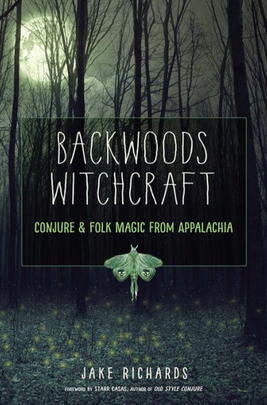 Jake Richard’s new book Backwoods Witchcraft is not only an exploration of Appalachian culture, but also a deeply moving personal narrative and soulful tribute to the wild mountain terrain of the region. As a geographically isolated population, the ingenious spirit of the Appalachian people has led them to develop not only their own way of life, but also a unique understanding of the spirit world. Here, Richards discusses the power of storytelling in Appalachian culture, including its Baptist roots, and shares practical omens, signs, and a few haunting tales. Amber C. Snider: There aren’t many books out there specifically focused on Appalachian folk magic. I was immediately intrigued when I read that you wouldn't just rehash variations of Wicca. Because Appalachian folk magic is really a hybrid of several traditions (specifically Scottish, Irish, German and Cherokee) that span across multiple time periods and geographical locations, how would you sum it up as a whole for our readers? Jake Richards: That's a big question. I think through the history and oppressions of the Appalachian region that this tradition has become an entity of its own. It’s so distilled with the independent spirit that pervades Appalachian culture. It can be compared to our immigrant ancestors, but it is still very distinct and unique to the region. ACS: By independent spirit, are you also referring to the fact that the Appalachian people – as people of the Earth, of the soil – had to use what was available to them? JR: Exactly. Appalachia was so isolated for so long, especially from the rest of the country as well as the general outside world. Everything took on its own distinct flavor or form, whether it be our religion and the way we practice our spirituality to our economics and our general cultural home life. ACS: What is one distinct feature that makes it particularly unique from the rest of the States? JR: A lot of times, back in the day, we didn't have a church built up so there was a circuit rider (preachers who would travel around from community to community and stay there for about a week preaching the Gospel). Not having a preacher nearby to do marriages or baptisms removed the middle man between the normal folk and God. That's why there's never been really a hierarchy here. It’s similar to the independent spirit that was grown because we did everything else by ourselves. We had to. God became as close as our next breath. ACS: You write about how this folk magic uses the Bible not only as a family heirloom (to record births and keep hair clippings) and sacred household text, but also as a magical resource. Can you tell me a little bit more about this lack of concrete separation between folk magic and modern day Christianity? JR: The bible was mostly used because that was the majority faith here. Everybody points out that the Bible condemns witchcraft or divination, but going back to the independent spirit in Appalachia, what you do here is your business – it's between you and God. So if we take it biblically, magic has never been divorced from mankind at any time in history. It's evident that what the Egyptians did, the Israelites also did magically. We see it throughout the Bible: Moses parting the seas, Jesus cursing the fig tree, people of the temple casting lots to see which heifer God would prefer, etc. The only distinction was that the Egyptians' magic and religion was considered 'evil' because anything that was 'other' or unknown was evil. So my realization was that the people of Appalachia (as well as the general attitude about witchcraft in modern times) have always relied on the communal attitude. ACS: What do you mean by communal attitude? JR: In certain communities you would have folk healers and conjure men and the community would look good upon them because their powers came from God. But there were also 'evil witches,' like Witch Magal down in Gatlinburg who was supposed to consult with the Devil. I've received a lot of [kickback for the book’s title] because the word 'witchcraft' in Appalachia has always been so taboo. But coming from a family that does this work, there's really no distinction between witchcraft or whatever is accepted by the community – whether it's folk healing or conjure work. In my family, we never really made a distinction. That's why there's never been really a hierarchy here. It’s similar to the independent spirit that was grown because we did everything else by ourselves. God became as close as our next breath. ACS: Why do you think there is a reluctance to call it witchcraft? Do you think that that's something particular in the culture or with the word it itself? JR: Witchcraft has always been taboo because anybody who practiced witchcraft was supposed to have gotten their power from the Devil, or selling their soul, or some other deal that they had. But in all reality, what they were doing in the stories can be connected to the same thing conjure healers or folk healers were doing. It's all based on the attitude of the community from eyes of the beholder. ACS: Also the power of storytelling, yes? JR: One of the biggest Appalachian traditions still today is storytelling. I think a lot of the old witchcraft stories can't really be relied upon for finding formulas because 90% of the time they're exaggerated than what actually occurred. ACS: You talk a lot about God in the book. You say that for the people of Appalachia, God is not this figure in the sky, but more like a father figure at the table. He's just part of the community. Can you talk a little bit about that? JR: Essentially we were isolated for so long we had to make do with what we were given on the land. We didn't really have the option to leave because trains back then would only come every couple weeks or every couple of months – especially the trains that went from like the deep South to far up North wouldn't even really stop here. All you really had in little mountain communities was yourself, your family, your neighbors and God. God became a large part of people's daily lives. God played a large role in the folk healing practices here because doctors were scarce. We didn't actually start getting licensed medical doctors until the beginning of the 1900s. And even then that was only one type of doctor. ACS: What other types of doctors were there? JR: There were three types of doctors: those who actually went to school and got their license. And then there were those who were 'book learned' who simply read a lot of medical texts and were self-taught. And then there were the other doctors who were folk healers or those who used herbal remedies. Even today, there's a big suspicion against [modern medicine] and it's not really seen as reliable here. People still do folk remedies and take certain herbs – even against the doctor's wishes. The only difference between what was certain and uncertain was God. So they’d pray for healing or a speedy recovery. But it also crossed other areas of life: praying to find love or a good marriage and with many kids. That's really all you had to get out of life because that's all life really offered. And so God became a familiar figure. A lot more familiar than people would account for him in other places in the world. My Aunt Marie simply called him "Papa." She didn't call on God or Lord or Jesus. And a lot of people still do that. ACS: You also bring up the Devil a lot in the book as a kind of trickster character and in conjunction to "getting him out" or ways to circumvent him. Can you talk a little bit about this idea? JR: Since Appalachian Christianity took on its own certain flavor here, the Devil also went from being this tyrant, all-powerful evil spirit to more like a trickster. Appalachian folk tales are filled with the Devil being outsmarted or tricked himself, so he kind of became a local resident in the folklore. He went from being a “Father of All Lies” to assembling tricks for the spirit that lives at the crossroads. He’s kind of like a black jack dealer that nobody really wants to deal with unless they have to, more or less. Especially in Appalachian folklore, he simply brings bad luck or he tries tricking people but then they just trick him right back. If you compare it with other European folklore stories of evil spirits, he takes on those same traits – whether it's being obsessed with counting things like words, letters, grains, or sesame seeds, as well as not necessarily thinking things through. I've always grown up in the woods and in the creeks, playing with bugs and animals – there's never been a disconnection between me and nature. ACS: Can you give me an example of that in your family folklore? JR: I can't remember if I included this story in the book or not, but it was one that my grandmother told me. My Mamaw Hope has lived up in North Carolina and her husband was a real bad drunk. He apparently always told this story saying that it happened to a friend, but she thinks it really happened to him because his situation was too similar. The story goes that one of his ‘friend’ always went down to a tavern down the road – down the mountain – to get drunk. Well then one night he was apparently walking back and he heard footsteps behind him. And he turned around and there was nothing there. So he kept on walking. But then he heard footsteps and chains dragging on the ground. He turned around again and there was nothing there. So he kept on walking and heard something running up behind him. And he turned around again and still there was nothing there. Well there was a big boulder just off the walking path in the mountains and when he turned back around there was a shadow on the rock. It jumped down and tackled him to the ground, so he started wrestling with the [thing] and chains were smacking around everywhere. He never really got a good look at the shadow or whatever it was, but it simply whispered in his ear, ‘You start being being good to your wife and kid, otherwise I'll come back and drag you down to hell.’ ACS: Oh wow, that’s quite the story...and then what happened? JR: The shadow thing just disappeared. Apparently the ‘friend’ went back out the next day to see that there were, indeed, prints of chains where they had smacked the ground – as well as cloven footprints. The story goes that it was the devil himself tackling the old drunk and telling him to be nice to his wife and kids. But the friend, of course, was never identified 'cause we're pretty sure it actually happened to Papaw. ACS: You also you talk a lot about Cherokee traditions and your Native American ancestry. In one section of the book, you mention the mysterious Moon-Eyed People. Who are they and where did they come from? JR: There are multiple speculations about who the Moon-Eyed people were. They're often described as being light or pale skinned with blonde, brown hair and big blue eyes. The story goes that the Cherokees had to run them out West, but no one really knows where they came from or exactly who they were. They apparently spoke a different language when the colonizers came upon them, but I read that they spoke English, too. They had different, distinct facial features, but not many people know about them anymore. They could be a section of a tribe that was here before the Cherokees and other Iroquois started moving down here from the Great Lakes. ACS: In the book you mention that after your Papaw Trivett passed that white feathers kept showing up and you could smell his spicy cologne. What are other signs that spirits are trying to connect or communicate with us? What should we pay attention to? JR: My family has always paid attention to our dreams. If you see one of your deceased relatives in a dream, especially just after their passing, we always pay attention to what they're doing in the dream. If they're running around frantically or if they're scared or angry then that means their spirit [is not at peace]. But if they're calm and collected that means that they are at peace and they are simply letting you know that they are okay. My grandmother still has a bag full of pennies that my Papaw Trivett's spirit left going from her front door to the passenger side of her car – just simply laid out one by one in a row. We also used to have this box filled with all these white feathers that we found around the house one day [after he passed away]. ACS: The pennies and feathers just showed up out of nowhere? JR: In my family, we always try and rationalize something before we accept it as a spiritual sign and we could not figure out for the life of us why somebody would just do that. I still find feathers and I don't own anything that has feathers in it. I have jars with bird feathers around but those are from crows and blue jays. But these are little white goose down feathers that you'd find in a pillow or bed. I'll still find them places – like I'll sometimes be driving and the windows are rolled down and one will fly right into my car and just circulate or drop to the floorboard. Spirits can communicate with the living in a multitude of ways. It’s not like there are definite signs or anything like that. I've known people who get signs from their ancestors or their deceased relatives through yellow mark butterflies or certain birds. There's one bird – it's a deep cobalt blue bird with an orange chest, kind of like a robin. ACS: Yes, I've seen them. I tried to find the name of that bird too because it came to my window right after my aunt passed away... JR: Those birds and the broad red cardinals and sometimes the yellow finches are used a lot for spiritual messages from the dead in Appalachia. We take them as messages from spirits, as well finding feathers laid out weirdly. It also happened to my grandmother on my dad's side of the family. When my Papa John passed, she found three, white down feathers in her fridge and had no idea how they got there. Spirits can communicate with the living in a multitude of ways. It’s not like there are definite signs or anything like that. I've known people who get signs from their ancestors or their deceased relatives through yellow mark butterflies or certain birds. ACS: What are some other signs of good omen or good luck? JR: The yellow finch is considered to be good luck and obviously finding a penny on heads instead of tails. Whenever we found a spider nesting or laying a web in the kitchen we always left it because it was a sign that the house would never go hungry or the cabinets would never be bare. If you see trails of ants in your house and they don't really have a directive or if they're not really going anywhere (like they're just crawling all over the place) – that's a sign that somebody in the house was restless, like their mind isn't right or they're uneasy or just not wanting to be there. That especially happens a lot during big life decisions and big life stages. I've seen that happen a lot with houses that have teenagers in them. ACS: What led you to put together this hybrid collection of family history and folklore and Appalachian culture? JR: Honestly, I don't remember deciding to write the book. I think my spirit simply led me to do it because the next thing I knew I had a table of contents laid out. I was also getting tired about all the misinformation online about what Appalachian folk magic really is. Most of the time, everything that I had seen online came from people who simply say that their grandparents are from here, so it’s really just a bunch of outsiders. And some of the books that have been written on this subject were simply too mixed up with modern magic and modern techniques. So I finally just said, you know, screw it. You gonna write about it, you gonna write about it! The entire process was directed by the spirits. Even while I was writing the book, I was remembering things to include: I would have dreams of my ancestors coming to me saying, 'Don't put that in there just yet. Don't forget to talk about this...' I'm glad that's over 'cause I don't think I had one night of sleep with a normal dream! I was like 'Damn y'all get off my ass!' ACS: What was the community's reaction to the book? JR: I haven't really had any resistance when it comes to people here with the work, but sometimes they do get a bit confused and a bit paranoid. ACS: Paranoid, how so? As in, it will bring too much attention to the community? JR: Well there's also the taboo against witchcraft. They are a bit suspicious as to exactly who is really in control. Just recently I was in Lee County, Virginia to help a little older woman in her 60s with a haunting in her house. The entire time I was cleansing the house, she was constantly asking questions – which I get that's a normal thing, 'cause it's not really normalized anymore. But she just had this feeling about her that she didn't really trust me. She'd be like, 'What are you saying? Are you praying? What are you doing?' But then by the end, she felt so much better. I mean, this woman's house had been haunted so bad to the point to where she hadn't left her house since last November. And by the time me and a couple of other colleagues were done cleansing the house, she was actually able to leave. Her five friends took her down to her Aunt's grave because she hadn't been able to go down there because she had been stuck in the house. [Afterwards] she was a totally different woman than the one that I had met about four or five hours prior. ACS: So she more relaxed and calm and confident after you performed the ritual? JR: Oh definitely. When we first met her, this woman is a nervous wreck 'cause she hadn't been able to get any sleep. Her kids initially brought it to her attention saying, 'That mean old witch spirit keeps pinching our toes until they bleed.' There was also a big sinkhole that had appeared on the property and one of the kids (while sleepwalking) kept being led to that sinkhole. So I can understand why that would've been nerve wracking. She just had this demeanor of defeat, like a dog tied up. ACS: Any chance for a second book? JR: The second book has already started, but before we start heading down that road, I want to see if the world is ready and if the people of Appalachia today are ready. To read more about Appalachian culture, check out Jake Richard's premiere book Backwoods Witchcraft on sale at Enchantments or online here. You wash your body and clean your house – why wouldn’t you regularly cleanse your spirit? We regularly come into contact with unsavory things, especially if you happen to be a city dweller. Whether it’s bad vibes at the office, a heavy talk with a particularly needy friend, negative self-talk, or an unwanted aggressive encounter with a stranger, all these things can leave a negative imprint or residue on our aura/spirit – or at the very least, leave us feeling totally drained. Over time, just like an unkempt household, negativity can build up around us and block us from our higher self – as well as block positive things all around us that are meant for us. If we’re blocked, not only can we not see the good, we also can’t accept it; that’s because it’s too murky around us and we’re clouded with all the negative junk. With Uncrossing or unblocking spells, the goal is to clear out and cleanse away anything that’s holding you back from your higher self and your true calling. It’s like sweeping away heavy cobwebs, clearing away all the negative self-doubt and cloudiness to reveal your life path. As with all magic, it’s about taking back control of your life – and this includes taking control of your spiritual hygiene. So how often should you do an Uncrossing? The short answer is, it depends on what you do in your everyday life. “Obviously people have different professions that bring them in contact with various kinds of energy, and everyone’s different. I definitely don’t recommend doing an Uncrossing everyday, but doing some kind of cleansing ritual on a semi-regular basis,” says Stacy Rapp, owner of Enchantments. “If you work at a hospital, for instance, you’re going to want to do more Uncrossings than someone who works from home,” Rapp continues. “But the one thing we do recommend to everyone is you balance the Uncrossing with an Attraction. So it’s like, if you do an Uncrossing, you want to follow it with something to attract positive energy into your life and space.” 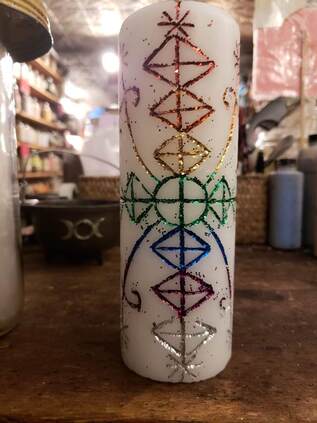 Custom carved candle | © Enchantments Custom carved candle | © Enchantments Before we can invite positive change into our lives (love, money, career success, etc), we have to make room for it. You wouldn’t buy all new expensive furniture before you’ve given your house a good sweeping, right? Uncrossing does exactly that: it removes negativity in your space and aura, and unblocks anything holding you back from your highest potential, including people, ideas, and things that are no longer serving you. Sometimes a thorough clearing out/cleansing can be a bit uncomfortable: you’re getting rid of all the shit that’s just not for you, that doesn’t resonate with you anymore, that isn’t serving you – and that can sometimes make us feel uneasy. It’s all too easy to stay in the same routine, to build walls, to block out people, to “protect” ourselves from what's “out there.” But building walls never really works and when it comes to magic, a good cleanse and Uncrossing is the first step. There are many ways to do Uncrossing and as with all magic, you should do what works best for you. Whether it’s using candles, herbs, incense, prayer, chants, baths, or meditation techniques, pick and choose what resonates with you and go from there.
For a step-by-step guide on how to clear out negative energy, check out this story. Written by Amber C. Snider Contributors: Stacy Rapp By Ana Vice Skull candles come in multiple colors (including white, black, green, and red) and can be used to represent the human cranium and the thoughts within. Here’s a brief history of skull candles and how to use them in your ritual work. In the Celtic tradition the skull was believed to be the place where the soul resided. The Celts would place skulls into sacred wells because they were thought to be associated with the water element. In this way, the soul of the deceased was cleansed and renewed, making a person ready for eternity in the afterlife. In India, skulls adorned ancient gods and goddesses in the form of necklaces or bracelets. This was meant to show their divine ability in conquering death. Nataraja (an incarnation of Shiva), for instance, wears a necklace of skulls around his neck as he dances the dance of creation. This garland of skulls in Hindu culture represented the passing of time and the life/death cycle for all mortal beings. For the Mexica (indigenous Nahuatl-speaking people during the pre-Columbian era), the Lady of the Land of the Dead was revered and respected. Today, she is better known as La Santa Muerte (Holy Death). When wishing to gain favor from La Santa Muerte, skull candles (also known as muerte contra mis enemigos or “death against mine enemies”) can be used. In Hoodoo, skull candles are used similarly to poppets or Vodou dolls, and are often utilized to effect an individual's mind. Sometimes this can be your own mind and that is what we will focus on here. Three Skull Rituals For Clarity, Motivation, and Banishing Clarity ritual: Use a white skull candle. After taking a cleansing bath, set the intention to clear away all negative thoughts, change maladaptive thinking to positive thinking, and gain mental clarity. Either Kyphi or sage essential oil would be good oils to use to anoint your candle. Optional: Burn a bit of Kyphi incense or sage (you can also add other herbs along with a written intention folded into the space under the base of the candle). Carving your name and astrological sign into the candle makes the spell more personalized to you and your intention. Motivation ritual: Use a red skull candle. After taking a cleansing bath with sea salt, set the intention to incite passion and mental motivation. Motivation oil can also be used on the candle to help invoke energy. Optional: Burn some Motivation incense or mint leaves. You can also put other herbs (along with a folded written intention) into the space under the base of the candle. If you look underneath the base of the candle, you’ll notice a little groove where you can add your herbs; otherwise, a space can be carved. Carving your name and astrological sign into the candle personalizes your spell. Banishing ritual: Use a black skull candle. After taking a cleansing bath with sea salt, set the intention to banish only negative thoughts and/or to overcome bad habits. Banishing oil can help with this intention. Be sure to be very specific in your intention about what you’d like to banish – especially because you don’t want to wipe out any positive energy. Optional: Burn some Banishing incense or Angelica root alongside the candle. You can also add other herbs along with a written intention folded into the space under the base of the candle. Carving your name and astrological sign into the candle will make the spell more personalized. For more spells and rituals using wax image figures, check out this story. By Ana Vice Working With Male and Female Image Candles Male and female image candles symbolize the whole person in natural form. They come in many different colors including (but not limited to) pink, white, black, green, and red. See this story for the magical meaning of colors. Be sure to set a clear intention and follow through the ritual to its end. The rituals below are a basic guide to working with the male/female image candles and you may want to add a personalized touch by placing offerings, flowers, and/ or burning incense or herbs. Being creative is part of the fun! Here are a few ritual options for wax image candles: Love attraction ritual: Place two pink figure candles facing each other. The figures should be chosen according to the desired outcome. For example, if you are looking to attract someone of the opposite sex, then choose one figure to represent you and one to represent the opposite sex. If you wish to attract someone of the same sex, then choose two figure candles of the same sex. After taking a cleansing bath set your intention to welcome love in your life and then light the candles. Slowly move the two image candles closer to each other until they touch. Aphrodite Love Draw or Silk Love (used to find a refined lover) are good oils to anoint pink figure candles with for romantic love. Arabian Nights can be used for friendship or romance. You can also use a single pink figure candle for self love and consider anointing it with Venus oil. *See photo above for example of this ritual. Sexual attraction ritual: Place two red figure candles facing each other. Like the Love Attraction ritual, if you are looking to attract someone of the opposite sex, then choose one figure to represent you and one to represent the opposite sex. If you wish to attract someone of the same sex, then choose two figure candles of the same sex. After taking a cleansing bath, set your intention to welcome a sexual partner into your life and then light the candles. Slowly move the two image candles closer to each other until they touch. Great Sex, Bad Ass, or Passion’s Torch oils could be used to anoint red figure candles. Health, wellbeing and prosperity ritual: Use a green figure candle to represent yourself. After taking a cleansing bath, set your intention to welcome in good health, wellbeing and/or prosperity and then light the candle. Venus, Asclepius Healing, or Prosperity are good oils to use to anoint this candle. Purification and uncrossing ritual: Use a white figure candle to represent yourself. After taking a cleansing bath, set your intention to clear away all negativity, gain clarity, remove obstacles and let go of what does not serve you – and then burn the candle. Uncrossing, Kyphi or Van Van are good oils to be used for white figure candles. If the desired outcome is for healing, then Asclepius Healing can be used. 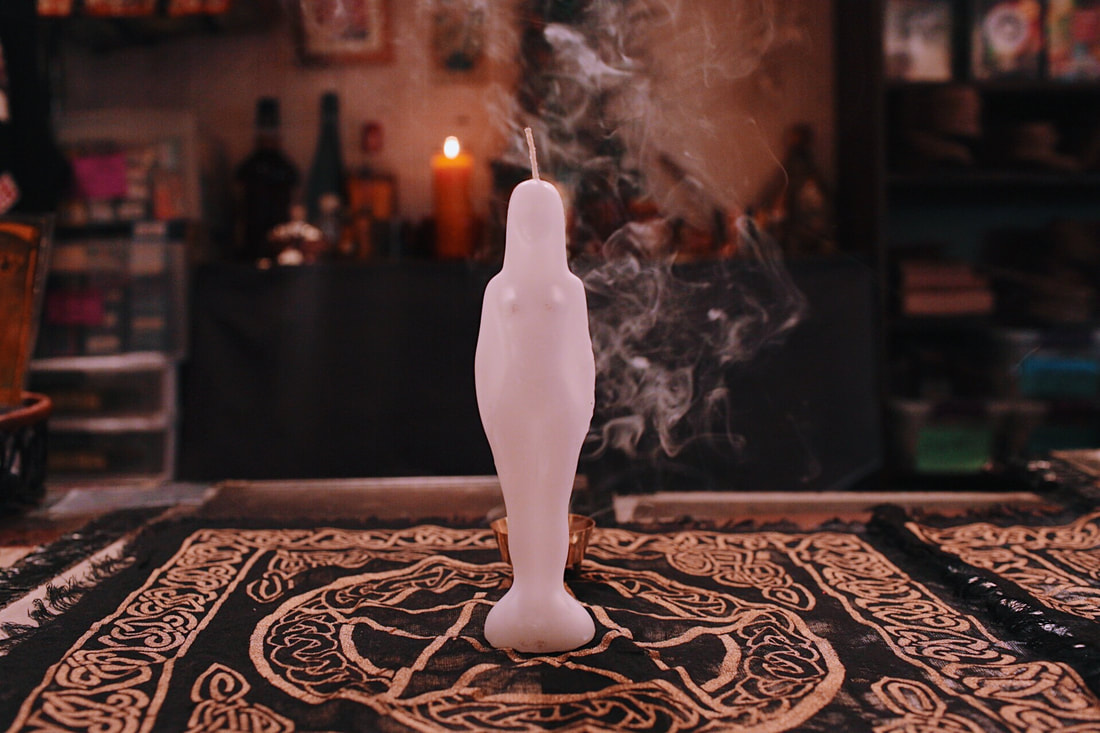 White image candle for purification or uncrossing spell © Enchantments/ Victor Castro White image candle for purification or uncrossing spell © Enchantments/ Victor Castro Banishing trauma ritual: Use a black figure candle to represent yourself. After taking a cleansing bath, set your intention to get rid of severe trauma or any lingering bad habits. Banishing oil can be used for this spell. Did you miss Ana Vice’s Basic Introduction to Using Wax Image Candles, Part 1? Click here to read more. By Ana Vice What do you desire? What’s your wish? Here’s how to work with wax effigies, image candles, and colors to help you focus your intention. Image candles come in all different shapes and colors and allow you to more easily visualize your desired outcome. There is a long history of using wax effigies in magical practices that dates back thousands of years to the ancient Egyptians, but some experts say the word "effigy" has only been around since the 1500s. The word originates from Latin and means "a copy or imitation" of something (for example, the likeness of a human person). Image candles are made from wax, but visual-based magic can take on many different forms, figures or effigies. Clay, wood, or rope can also be used to represent a person or spiritual intention. Figure candles are a specific type of image candle and work much like voodoo poppets (dolls) by making use of sympathetic magic to assist in spell casting. A figure candle can symbolize the individual doing the spell work or another individual, energy or abstract spiritual concept that the practitioner is working towards or with. Image candles are typically anointed with oil (various oils are available for purchase at Enchantments) and can be made specific to an individual by carving their name and astrological sign into the candle. Some kinds of image candles include but are not limited to human figures, skulls, cats and gender candles. Image candles are often used in Rootwork (also known as Hoodoo or Conjure) is a term synonymous with African American folk magic. Incense may also be burned during the time of the ritual to augment your work. Enchantments has a variety of wood-based incenses that are also available for sale. What is the Right Color for Your Image Candle? As with candle shape, candle color is an important part of candle magic. Candle colors are chosen for the energies we want to work with and by the symbolic meaning of the color used. People who cast candle spells use different colored candles for different purposes. Image candles can be purchased at Enchantments along with our handy Guide to Planetary and Magical Significance for Colors and Days of the Week. Here’s a general guideline for selecting candle colors for your rituals: White: purification, clearance, uncrossing, blessings, clarity, and healing. Red: lust, passion, sex magic, strength, physical energy, and motivation. Green: money, prosperity, creativity, fertility, wellbeing and luck. Pink: love attraction, love affection, friendship, family, love healing, and self-love. Black: banishing, loss, absorption of negativity, breaking hexes and for exorcism. How to do a ritual with an image candle? Like with any ritual, set aside what space and time you need to do your preparation and work. A cleansing bath or shower should be taken before doing any work to remove negativity and clear your mind. The candle color is chosen to match with your desired outcome. The name of the person the candle is supposed to represent along with additional symbols, sigils, or markings can be carved onto the candle during preparation for the ritual. Please keep in consideration that we do not advocate work that would be manipulative or malefic in nature. It is always good to have consent before doing rituals for or including others. The candle then can be burned by itself or with other candles depending on what work is being done. As the candle burns visualize your intention and desired outcome. Remember to finish your ritual – even if your desired outcome manifests before the candle is done burning. Like other candles, image candles can be burned straight through. They take much less time to burn than a 7 day pillar candle. When using black image candles please use them with caution and do not hesitate to ask an Enchantment’s witch to assist you with providing available options and alternatives. Stay tuned for Ana Vice’s Basic Introduction to Using Wax Image Candles, Part 2 – which includes examples of specific rituals to help you focus on positive outcomes rather than manipulative or negative ones. You asked, we responded. Here are some more of our most frequently asked candle magic questions, answered. Question: "I was told not to use matches to light my spiritual candles because sulfur will destroys my intentions. Should I use a lighter instead?" Answer: Some people have differing opinions on this, but we use lighters in the store (and at home, too). Sulfur is sometimes used for banishing magic, which is why it’s not normally recommended. Question: "What do you do with the candle once the spell is cast?" Answer: You should burn the candle all the way down and the flame will go out on its own – that’s how you know the spell is complete. You can also set the glass in a small dish of water when it gets towards the end because the glass can get hot if it's been burning for several hours. Simply recycle the glass when its done (where and how you normally would with your recycling at home) or melt down other candle wax to use the glass for another candle spell. Question: "I am really into candle magic, I would like to learn more about using the candles purposely. Is it best to use scented candles or unscented? Oils, charms, inscription, ... I could go on and on!" Answer: Yes, there’s so much to learn! If you’d like to know more about general candle magic, check out this article. If you’d like to know more about working with magical oils, try this. We use hand-blended fragrance and essential oils for our intention-based candles. With a Solar Blast candle, for instance, we’re trying to evoke sun energy, bring in joy and happiness, and all around positive vibes, so we’ll use complementary, custom-blended oils for those intentions (which can vary from person to person, depending on their needs). As for inscriptions, we use a variety of sigils and veves from many, many different sources (some of which are thousands of years old), as well as from the intuitive minds of the working witches in the shop. There are many books out there regarding sigils and inscriptions, so keep checking the “Books” section of our site for more on that. But a lot of candle magic is also very practical: If you’re looking to draw in more money, inscribe a dollar symbol on your candle. If you’re looking to draw in love, draw a heart. It’s all about the energy you’re putting in and what you’re sending out – so you can also use what “speaks” to you. Question: "I purchased a custom candle from you did everything I was told. No results at all. Why did it not work?" Answer: Oh no! It’s a rarity that people say that, but here are a few things to keep in mind: All magic is energy-based. What you put into it, what you focus on, will manifest. If your intentions and spell casting is focused (and you wish no harm), you’ll see a big positive difference in your life – but ultimately you have to be the one to do it. The spell candles we do in the shop are tools; they’re specific intention-based, magical tools to help you in your own unique magic practice. You can also think of it like this (a wonderful little analogy one of the witches uses in the shop): "We’re like Betty Crocker putting the cake mix together for you, but you have to go home and actually bake the cake. In other words, you’re the creator of your own magic." The most important thing is to pay attention to the signs. Pay attention to what’s around you; and particularly pay attention to what happens after the spell is complete. With that said, it may take a bit of time to see the fruits/fruition of your spell. Candle magic can help you understand the blocks in your life, what you need to change, what’s not working, and work towards solving those issues, too. Sometimes it’s a revelation after you light the candle or after you finish the spell (“Oh shit, you know what, I’d really like to change my career because this job isn’t for me anymore” or “I see now that [insert life issue] needs to change and I know exactly how I can fix it now.”). Question: "Can you make videos of your classes live so we can also be in the classes for those of us that live far away. Maybe have a kit of supplies we can purchase from you before the class is held. Just tossing out suggestions." Answer: We're working on that! Stay tuned. Question: "How come after I burn a candle the top is almost dark to lightly smoked gray? Is there something I should be nervous about?" Answer: Nope, nothing to worry about. It’s the candle smoke most likely coupled with the blended-oils we use on the candles. Question: "Doing the Uncrossing is exactly what I need to do. Question though - I would want to incorporate a vision board afterword. Do you think it would be better to have the vision board completed or (because I’ll be drawing the images) draw the images as part of drawing in the positivity?" Answer: When you're doing an Uncrossing, you don't want to focus your energy on the "bad" (what's not working, negativity, blocks) but rather on the desired outcome (i.e. you living your best life, unblocked, and clear). So when it comes to a vision board, if creating it beforehand "raises your energy" and helps you focus on beginning the clearing/cleansing process and your desired outcome, do it – or create the vision board after the spell is done to really hone in on the positivity/attraction afterwards. It may be cool to do a version of the vision board before you light the candle and add to it afterwards – especially to see what has changed or shifted. Question: "What kind of shavings do you put in the candle to make it spark?" Answer: We add custom-blended incense (with a wood base), as well as a little bit of iron fillings (for attraction) at the bottom of the candle glass. We also rub blended oils on the candle, too. Want to learn more? Click here for more stories. We recently asked Enchantments' readers what they want to learn more about when it comes to candle magic. Here are our responses to your wonderful witchy questions... 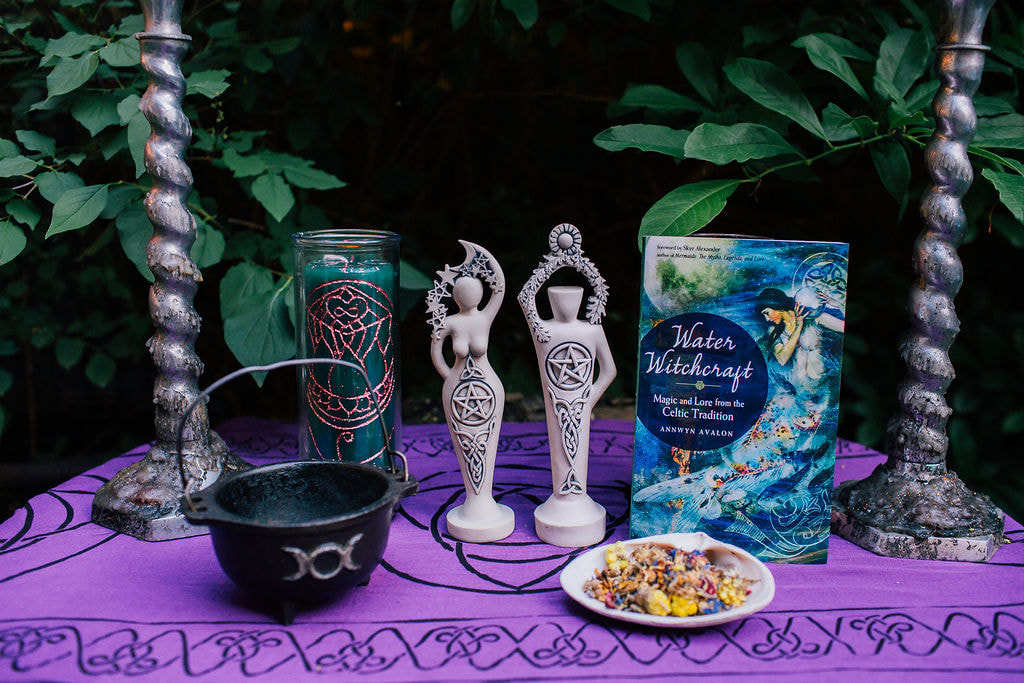 Photo © Victor Castro/ Enchantments Photo © Victor Castro/ Enchantments Reader Question: "I know that each color is used to symbolize something (ex. certain colors are used to symbolize certain elements, etc.). Do you have any recommendations on how to remember the color associations?" Enchantments Answer: Color magic is very much connected to the candles we create in the store. And much of color magic is more intuitive than you may realize: green for money, orange for success, purple for wisdom, red for strength (and passion), etc. But the colors can also be connected to certain deities, specific intentions, emotions, planets, and – yes – the elements. Keep in mind, however, that the significance of colors can change according to the specific culture and location (Western and Eastern, for example). For the candles we make in-store, we try to listen to the customer's specific need/wish/intention and select the best combination of colors, incense, sigil/veves, and blended oils. As for the best way to "remember the colors," practice really does make perfect. Witchcraft is called a "Craft" for a reason – so just continue to read, research, and practice! For a quick, handy guide (written from a Western perspective), we created this in-house Guide to Planetary and Magical Significance for Colors & Days of the Week that goes for just under $2. Reader Question: "Can you do two different spells the same day, time or same day but different times, for example, a prosperity spell and say a spell for calm or protection?" Enchantments Answer: Ah, this is a great question – and one we get all the time. The short answer is: you shouldn't mix your spells. Because candle magic is intention-based, you really want to focus your energy on one thing at a time. For instance, you wouldn't do a love drawing spell and mix it with a job hunting or money spell because they're very different in nature. An Uncrossing Candle (one of the most popular candles at the brick-and-mortar shop), for example, shouldn't be combined with an abundance/attraction candle. The idea of an Uncrossing is to clear out, unblock, and release any negativity first, then add some kind of attraction spell afterward. So you want to clear out and uncross anything holding you back in order to have enough new space for abundance, prosperity, and positivity. After any Uncrossing or cleansing ritual, we always recommend following it up with some kind of attraction spell – be it self-love, sun energy, money, whatever calls to you – to invite that positive energy back into your life. But again, they should be done separately. However (there's always a however, right?), some spells can be done in tandem, if they're similar in intention and the desired result is complementary. A money draw candle can be combined with a success candle or job hunt/employment candle, for example. When it comes to doing multiple spells on the same day, as long as you're truly focusing your energy on one intention at a time, it can be okay –– again, assuming they don't conflict. The other important thing is to make sure you finish your spell candle entirely, before moving on to another one. 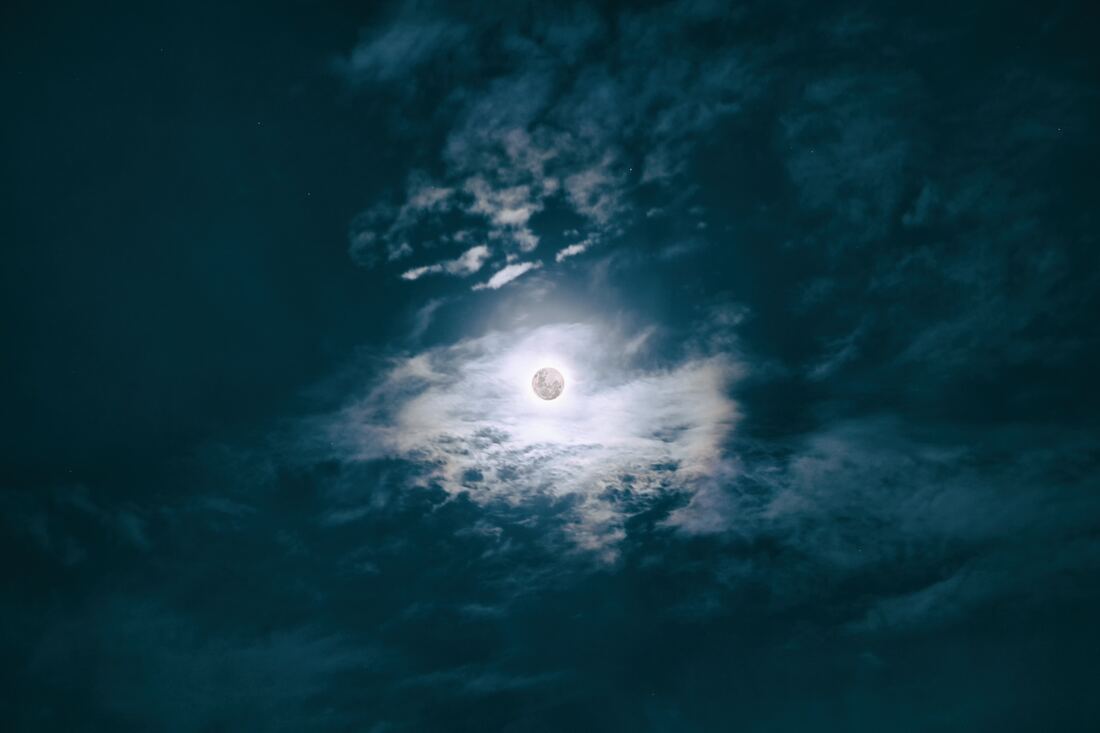 Photo by Spencer Arquimedes/ Unsplash Photo by Spencer Arquimedes/ Unsplash Reader Question: "Should the candle spells follow the cycles of the moon?" Enchantments Answer: Everyone's practice is individual and there's really no "right or wrong" way to practice if your intention is focused and also doesn't harm others. So the answer is: yes and no. Many witches prefer to work with the cycles of the moon because it is believed to enhance a spell's power. Plus there's a very, very long tradition of witches working with lunar cycles because the moon effects every living thing on the planet – so why wouldn't it have an impact on you and your magic? With that said, some witches don't wait until the moon is in a specific phase to work their Craft – they can and do practice their magic at anytime, on any day of the week, at any point in the lunar cycle. Do what works best for you. Check back for FAQ: Answered, Part Two. Happy casting, witches! By Enchantments Staff Here are a few ways to incorporate blended oils into your magical practice and a list of our witchy favorites. If you’ve ever been inside Enchantments, you’ve definitely seen witches working their craft behind the old wooden counter tucked in the back corner of the shop. The apothecary is home to hundreds of magical oil and incense blends, all of which are hand-made right in the shop. The amber-colored bottles hold recipes gathered over the course of many, many years from a variety of sources, magical traditions, and the intuitive wisdom of staff witches. Witchcraft is an art form; it’s a craft meant to be practiced, a craft that enhances over time, usually with many trial-and-errors left in the dust. What remains is an apothecary filled with deliciously fragrant, magical oil blends, enchanted herbs and wood-based incense to help you enhance your life and the lives of others. Working With the Oils Many people come into the shop and ask, “How do I work with oils?” The truth is, there’s no right or wrong way to work with oils, with one exception: they’re not meant for ingestion. That should be a given, but we’ll say it again: Don’t eat them. Obviously. Moving on… You can use the hand-blended oils to anoint candles, add a few drops to a bath or a sachet, or use them just as you would a perfume. The oils can also be made into sprays, so you can enchant a room, an office area, or your body to enhance your desired intention. Everything in the shop is an intention-based tool, so you should use it as such. And when coupled with a specific intention, the oils do work – which is why the recipes are still around. Witchy Staff Favorites Egyptian Temple and Kyphi: “I love the way Egyptian Temple smells as much as I love the Kyphi blend. It can be used for purification, banishing, to clear a sacred space or for Egyptian rites. I especially use the incense version regularly to purify my personal space and as an offering on my Bast altar.” –– Ana Vice Goddess of Love: Even though it's listed as an aphrodisiac, I use Goddess of Love with the intention to embody love in all its aspects, as a Love Goddess would.” –– Carmen Pouerie Special Favors: “Special favors is always fun. I put it on for good luck and always end up with free stuff!!” –– Veronica Kate Aries Oil: “I use Aries oil in a spray form at least once a day. The Astrological oils are typically used to bring out the best qualities of that sign. Aries is my rising sign so I use it to be more open and outgoing, and to kind of balance out my Pisces sun.” –– Kristi Klein Black Tourmaline: “I just recently ran into this card in the recipe box and it does exactly what the gemstone does. I just needed to have it. It has been two days of using it and I'm feeling the protective effects of it.” –– Carmen Pouerie Good Earth: “I use Good Earth for when I’m feeling too anxious or all over the place. It brings be back down to earth, so to speak.” –– Veronica Kate “I use Good Earth to ground and center myself. I apply it to the bottoms of my feet and lower back (Root Chakra) at night before I go to bed. It’s especially helpful when my mind is overactive and is keeping me from sleeping.” –– Kristi Klein Crown of Success: “The Crown of Success is delicious in my opinion. It’s a Voodoo blend that can be used to block other people's negativity from interfering with an individual’s success, in addition to putting a stop to gossip. I have not used this oil much, but have recommended it to many of our customers who are struggling in work environments where there is toxic co-workers and gossip.” –– Ana Vice Peace of Mind: “I use Peace of Mind for the same intention I would use a crystal healing candle. It's useful to release emotional issues. I usually use it with Goddess of Love a lot.” –– Carmen Pouerie To create your own self-love and healing spell at home, check out Stacy Rapp's love magic recipe here. Images © Enchantments By Stacy Rapp An empowerment spell to help with emotional healing, build confidence, and invite more love into your life. 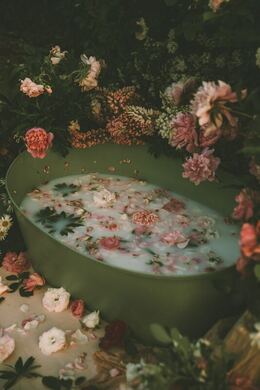 Supplies 3 Pink Roses (or a bag of loose rose petals) 1 Quart Wide Mouth Jar 1 lb sea salt 3 x 3 Square of Pink Fabric Ribbon or a rubber band Cardboard Tray Ballpoint Pen or black Sharpie A list of 20 things you like about yourself (your best qualities/features) Love Oil or your favorite perfume Step One: Remove the petals from the roses, pull out the 20 largest ones and set them aside. Spread the rest out on the cardboard tray to dry (it takes about a week). Step Two: Take the large petals, and on each one write an item from your list. Once you have written one them, add them to the tray. Then put the tray of rose petals in a cool dry place and allow them dry for about a week. Step Three:
Once the petals have dried, put the sea salt in a bowl and add a few drops of love oil or perfume. Then layer the scented salt and rose petals in the jar. Cover the jar with the pink cloth. Hold the jar in your hands and say "This is my reminder to love and honor myself, no matter what anyone says." You can then use the salt for self-love baths or in a salt scrub. When you use it, remind yourself of the intention. Cover image by Annie Spratt on Unsplash; bath photo by Anita Austvika on Unsplash; bouquet photo by Jez Timms on Unsplash By Amber C. Snider What is it about the fire element that pulls us in? Why are we so drawn to it? The Evolution of the Fire Element Fire rituals have been around for thousands of years, perhaps for as long as our ancestors first discovered the element. In candle magic, the hypnotic pull of the flame still tantalizes us, it speaks to our primal lineages, and precedes complex language as we know it – including writing and other forms of advanced communication. It all goes back to ancient times. “When human beings were nomadic and traveling around, fire wasn’t as a tamed. They could only use it for warmth and cooking here and there. But as we learned to harness it, society has evolved,” says head witch at Enchantments, Stacy Rapp. “Fire is a universal element for the evolution of humanity and civilization, but at the same time it can also destroy a city in a heartbeat.” Fire has long been understood as a cleansing element. It has the power to wipe the slate clean and make room for new life. It's also, as Rapp points out, insanely destructive. But it’s one element, along with the other 3 (arguably 4), that has ensured our survival as species – an element that can’t be underestimated in its power. It has roasted the meats that led to our inevitable evolution and brain development, kept us warm, detracted predators in the night, served as the hearth of our homes since we began using shelter, signals in times of both peace and war, and served as the gathering place for our ancient and modern communities. The exact timing of the discovery of fire is a bit contentious in the scientific community. According to Time, it depends on what you mean by discover: “New research suggests that many plants that have adapted well to a fiery landscape or indeed need fire to reproduce, such as some pines, eucalypts and proteas, first appeared around this time, some 90 million years ago.” Savannas in Africa needed fire to thrive, which meant our ancestors would’ve seen fire occur naturally and follow it around collecting the remains of animals, before learning to reproduce the element on their own. “The first stage of human interaction with fire, perhaps as early as 1.5 million years ago in Africa, is likely to have been opportunistic,” according to Time's 2018 article. The first regular use of fire dates back nearly 400,000 years ago, as evidenced from hearths and remains found in Israeli caves. So basically we’re talking a very long time – so long even, that we were still 200,000 years away from even becoming homo sapiens yet. Our love of fire is still embedded in our genetic memory; it speaks of our long, perhaps miraculous, journey of survival. And our love for taming it still endures. Candle magic just one form of a fire ritual and in our modern life of conveniences, apartment living, and sprawling urbanscapes, it’s also the most practical and economical – the idea of a hearth or bonfire simply can’t happen at anytime for most people around the world. “Fire is part of humankind’s power. Out of the elements it’s one of the most scary. Water is something that is easily plentiful, earth we take for granted, and oftentimes, when it comes to air, we’re too hot with ours. But fire is something you have to make,” says Coleman Drew, who has worked at the shop for over three years. And so the roaring bonfire or hearth was economized into one, single dancing flame. Stay tuned for The Dance of the Flame Part Two, including more about candle magic, sigils, and harnessing the power of fire. Conversations with Mya Spalter, Author of “Enchantments: A Modern Witch's Guide to Self-Possession”5/4/2019 By Amber C. Snider Author Mya Spalter discusses her widely acclaimed book Enchantments, her creative process, and how to access your own spiritual power.  Photo @ Mel Barlow Photo @ Mel Barlow On a cool night in April, Mya and I meet at a cozy back table at Mud, a bohemian-inspired coffee shop in the East Village, to discuss her premiere book Enchantments: A Modern Witch's Guide to Self-Possession, which debuted in October 2018 from Random House. She arrives, tranquil and suave in a red hoodie and hat, giving off a warm vibe and saddles up in the seat across from me. Spalter has the power to make you take notice of your own tense energies, reassess, and then chill the fck out. I’ve heard a lot about her book over the last several months. A long-time employee of the namesake store Enchantments, Spatler used her magickal path to help guide others in their spiritual journey by offering a down-to-earth, conversational guide to witchcraft. Here, she talks about why she wrote the book, chaos magic, uses of archetypes and astrology, the rise of witchcraft, and everything in between. Amber C. Snider (ACS): When did you first decide to write the book Enchantments? Mya Spalter (MS): I started working at [the store] Enchantments again for the second time just after Samhain in 2017, and I was ready to write the book proposal by February. It was clear that people had a lot of questions. They were really interested in learning more about witchcraft in general. Customers came in with a lot of enthusiasm and asked the same questions over and over again, so I knew what the public wanted and what I could offer with the book. ACS: What makes your book different from others currently on the market? MS: There are a ton of books available that have similar information, it’s just that I was never particularly attracted to the voice of those books. I didn’t feel like I related to it. So I figured there was room to write about these topics in a chatty, conversational tone that can make you laugh and give you a chance to breeze on to the next topic. ACS: And working at the store helped with that? MS: I feel like one thing Enchantments is better at than a lot of other places is managing to break down really large, esoteric topics into conversation – usually conversation full of puns, conversation that gets raunchy. ACS: When you were putting together the book, you took a trip out to New Mexico on the Amtrak to write. When you returned to NYC, you primarily worked through the night? MS: I did that for weeks and it was really heavy, but also so productive. Amazingly productive. It’s a whole other state, and a lot of work got done that way. It works best for me because I don’t tune people out. I pride myself on tuning people in. So I need to know that everyone who wants to talk to me is asleep or doing something else before I feel like I can relax and know that I’m going to stay uninterrupted. I get really stingy with my mind – if I feel like I only have 15 minutes, I’m not going to engage in any long-form thought. I really have to know that nobody is going to come and… ACS: ...interrupt? MS: Yes! Not that they would intentionally, but just the existence of other people—the cliches about writers where they’re throwing shoes at you because you walked into the room (laughs)— like I don’t want to do that, but I started to get that. ACS: Do you think motherhood also played a role in that as well? MS: Yeah, absolutely. For a long time, I didn’t see how I was going to manage to write anything as a mother. It was right at the time when [my son] wasn’t in school yet and I didn’t have enough distance to say, ‘Oh okay, now I can focus long enough to start writing things.’ But then they go to school right when you think your head is going to explode! So I had the urgency because I was a writer for many years before I was a mom, and didn’t manage to write a book. I think the fact that I was squeezed in those ways made me actually do what I needed to do.  ACS: Let’s talk a little bit about your background. You were an editor at Random House before? MS: I worked as an assistant editor for about five years and I wasn’t practicing a lot of magic then, but I don’t tend to do a lot of spells [in general]. But while I was [at Enchantments] I learned a little more about chaos magic, making sigils, and making pop magic, although that’s very similar to chaos magic. ACS: What is chaos magic? MS: Well, it’s the idea that there is the god Mercury, who represents swiftness of thought and genius and spark and communication, but you also have Flash from the comic books who embodies all those same qualities but in a way that is pop, in a way that is palpable, in a vernacular of our language and our time, rather than thinking of divinity as something that’s in some past time. Or placing it in some exotic culture that’s maintained its link to the divine. ACS: How does one practice chaos or pop magic? MS: It’s more about recognizing how we do [magic] in our own idiom. Just as easily as I could build an altar to Mercury, a pop magician would build an altar to the Flash or to Freddie Mercury or to Prince or someone else who embodies those qualities. It also has a lot to do with sigil magic, where you can kind of reduce your intention to a magical symbol and charge that symbol – the same way Enchantments charges a candle or herbs – it’s something you design yourself. It’s just lower tech, more portable, you just ritualize it differently. And it’s cool because you don’t need supplies. My bent is you never don’t have what you need. So if I didn’t have something, I’d find it. ACS: Something that I’m really interested in is why there has been a resurgence in magic in recent years. Why do you think witchcraft is gaining popularity all of a sudden? MS: I do feel there’s a renewed interest. I feel like it’s because people are looking for a sense of personal power…[that] isn’t contingent on having a government that represents you or feeling safe the way you’re policed where you live… ACS: So it’s about taking back control? MS: Yes, and it’s also about developing your own access to a spiritual power. All of us are usually taught that you need someone else to be your link to spiritual power, like you need some institution or you need someone to teach you how. I think there aren’t or shouldn’t be gatekeepers — nobody can tell you if you’re a witch or not. And if they try to then that’s great because you just learned something about them. ACS: What does it mean to be a witch? MS: It’s about trusting yourself to create your own spiritual experience. It’s about making your own idea of what that looks like. And so if that means a person who designs their own spiritual life, then I’m excited for a new resurgence of people who want to identify that way. People are lacking – I don’t think anyone would deny that people feel in a vacuum, so it’s a way to fill it without having to conform to anything. ACS: Did you always know that you were a witch? If there are no gatekeepers, there’s no prescription per se. MS: I would say so. Pretty much. I don’t think it makes me super unique but I don’t have any other experience except for mine. Like, isn’t it just how you feel when you’re a kid and full of possibility? [When I was a kid], I definitely played alchemy. I wanted to play in and with plants and flowers. I was definitely into ceremony and ritual, where I had it. I had a mixed religious upbringing – not dogmatic, but spiritual. So candles, stones, all of those things were always attractive to me. I always wanted to communicate with animals and be in nature. I had a whimsical quality. I was always a poet. ACS: Do you think poetry or the creative arts and witchcraft go hand in hand? MS: Definitely. ACS: How so? MS: Poetry is about finding the connections between things, or making metaphor or similes about finding the connections between things that are not thought to be connected. It’s about finding symmetries and balance in places. It’s also shuttling between microcosm and macrocosm, and pondering imponderable things...that is what poets do. Also, when people talk about a spell or an incantation, those are poems and lyrics. 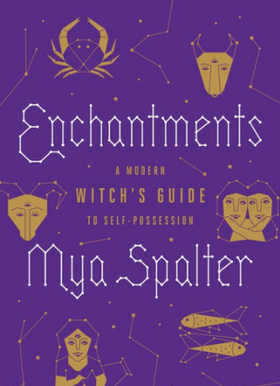 ACS: What does magic mean to you? MS: For me, it means listening to what I already know. The only times I feel like I’m struggling or straying from that is going against what I already know. Like, who actually writes the book? Finds that apartment? Gets that life the way they wanted? It’s believing that ‘Oh, I’m the one who actually does that. It’s me.’ ACS: Would you say you could swap out the word ‘magic’ for ‘intuitive’? Deep, intuitive understanding? MS: Intuition sure. It’s one way to describe it, but I think it can also lead people astray. ACS: Because it comes down to the individual’s spiritual path? MS: A Christian person would probably say, ‘Oh that’s just God and Jesus keeping me on the path that he intends for me,’ so somebody having the same experience through that lens will describe it that way. And I describe it with ‘fucks’ and ‘maybes’ and ‘likes’ involved. Everyone’s got their own way of describing it. ACS: And that’s why you wrote this book? MS: I knew there were people out there who need to hear magic described in ‘fucks’ and ‘likes’ and ‘maybes’ and ‘I don’t knows’. Some people need to hear things that way – I know I do. If I found this book when I was a teenager I would freak out and be so excited about it! ACS: Do you identify with any particular tradition? Wiccan or Neopagan or…? MS: I like ‘witch’ because it’s vague. A lot of people don’t have a preconceived notion of what all that entails. Culturally I identify as Jewish, not philosophically necessarily, although that has a lot to do with the way I think about the world... ACS: You mean Judaism is part of your foundational understanding of the world? MS: Yes, not that I was indoctrinated into it, but the culture in my household and the rituals I learned about death, marriage, and coming of age were Jewish. ACS: Did you have a section of the book that you particularly enjoyed writing or something that you felt would really help others? Or a moment where you thought, ‘this is it’? MS: Some of the lines that I love the most that I feel would have the most impact are hidden. It’s not like ‘this is the deep section’, but you’re going along and it’s being kind of silly and it’s like ‘THAT’S THE TRUTH! What?!’ So it’s peppered throughout and there are moments where I [re-read it] and thought, ‘Did I say that?’ Because when do I make that much sense? So it’s great when I get caught up like that. ACS: Can you give me an example? MS: I read a part about uncrossing the other day. I needed some advice and I had a conversation with a friend who said how reassuring the book was. So I just kinda opened up the book and read, ‘Don’t worry, you can’t fuck this up, like everything’s great.’ And I was like, ‘Really?! That’s so nice to hear, because I’m a little messy now! Whatever I was writing then I was super confident, but like right now I have no idea what’s going on!’ So I was looking in the book like, “Well, maybe past Mya had something to say that will make sense…” And it kind of did. ACS: So you turned to your former self for advice? MS: Yeah! It’s weird and I don’t want to sound crazy, but sometimes I’ll pick up the book and start reading it and go through like 30 pages, even though I know what’s in here! ACS: What advice would you give to the magically curious? Someone who is just starting out and may have no idea where to turn? They may live in a small town somewhere, dealing with prejudice or come from a dogmatic background...what advice would you give them? MS: [In the book] I started with color association. I felt it’s super non-denominational. It doesn’t trigger a lot of hot points. ACS: Yes, every culture has their own associations with color… MS: Yes, and they change too. It just kind of felt like a way to say, ‘this is how sensory experience affects illusory experience.’ Go from there and then think about planetary energies – just because there’s so much about astrology that links to deity without talking about deity. ACS: And the planets are linked to gods and goddesses… MS: The planets and the gods and goddesses associated with the planets are the same in terms of qualities. But you can talk about the planets without talking about deity if that’s triggering for you. Thinking about planetary energies is a nice way to find access and separate your personas in different bits and pieces. So start with systems and pantheons, and study them. ACS: What about archetypes? I think ‘archetype’ can be a really helpful well of organizing the different parts of yourself, and also figuring out how you relate to the different people in your life. That makes the stuff very real. That’s why astrology makes so much sense, because it’s about me and my feelings. And so that’s where I feel the most need for magic, and also where people find it and use it. ACS: Did you invoke any deities during that creative time or perform any particular rituals that you found helpful? MS: Lots of rituals. I like to sing and dance. I sing and dance to myself a lot. I take very long and elaborate baths. There are deities I talk to a lot, but with the book I work with planetary stuff, so I did a lot of the stuff for the book during Mercury Retrograde, and just dug so deep. [Also], Venus and Sun when it was time to start putting the book together as an object: finding the cover, making it beautiful, getting publicity. I think it came together really beautifully. It was a clear way for me to see that this is about thought process. The creativity, words, chatter, flow and communicating what I want to communicate. Then it was about making it beautiful and appealing. Having this be an item that has friends now. [The book] is a being and it’s going on making friends without me. ACS: And any post-production efforts or rituals? MS: A big party. Enchantments: A Modern Witch's Guide to Self-Possession is now available at the brick-and-mortar Enchantments store and anywhere books are sold. Interview by Amber C. Snider By Ana Vice Once considered a prowling succubus, Lilith has evolved and coalesced into the goddess we know today, and has since become a symbol of freedom, independence, and feminine empowerment.  "Lady Lilith," by Gabriel Charles Dante Rossetti, 1882. "Lady Lilith," by Gabriel Charles Dante Rossetti, 1882. Seen both as so-called “bad girl” and a she-demon, Lilith is not only portrayed as the Serpent in the Garden of Eden and the first woman, but is at the origin of all desire and primal nature for humans. Her rites are of pain, sex, love, contravention, and transcendence. As an archetype, Lilith is continuously unfolding, inspiring us to recognize our fears and desires in order to transform them into armaments of power and as sources of and for healing – only if we are able to honor her within us. But this begs the question: Have we misunderstood all that Lilith is and if so, are we ready to understand now? Lilith has reached status as a dark goddess symbolizing lust, sensuality and carnal desire. She also characterizes all things “taboo” or “wicked.” A common myth is that Lilith was Adam’s first wife. Both Adam and Lilith were created from the clay of the Earth, but unlike Eve, Lilith was not created from Adam’s rib, and therefore could be considered an equal to Adam. But Adam did not like that Lilith refused to submissively lie beneath him during sexual intercourse, and so she became enraged and left the Garden of Eden. Despite attempts to bring her back, Lilith would not return. Eve was then created to be Adam’s companion, a figure often portrayed as an obedient, naive, and somewhat demure figure. Lilith, by contrast, represents everything uninhibited, uncontrolled, sexual, and disobedient. She’s impossible to domesticate with a will of her own. Because of her insubordination, she was exiled from Heaven and became transformed – a myth very similar to the story of Medusa in Greek mythology. Like Medusa, Lilith was wounded with injustice and became a dark creature: a demon, witch, vampire, and seductress. 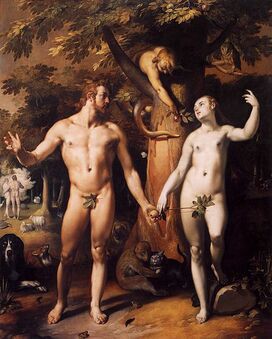 "The Fall of Man," by Cornelis van Haarlem, 1592. "The Fall of Man," by Cornelis van Haarlem, 1592. Lilith has been depicted in art, media and literature throughout Western history. During the Renaissance period, Michelangelo portrayed her as a combined woman and serpent being for the Sistine Chapel (1508-1515) depicting her body coiled around the Tree of Knowledge. Later, Dante Gabriel Rossetti, a Pre-Raphaelite and Romanticist painter depicted her in his sensual artwork entitled Lady Lilith (1866-1868). In the 20th century, C.S. Lewis included a character in his The Chronicles of Narnia called the White Witch. She is described as an alluring, cunning, and cold-hearted daughter of Lilith determined to destroy the daughters and sons of Adam and Eve. In 1994, German-American artist Kiki Smith created a provocative modern sculpture of a crouching Lilith which is now part of SF MOMA. Currently, Lilith has resurfaced again in a prominent role for the new TV series, The Chilling Adventures of Sabrina. Digging a little deeper, Lilith has more than one origin myth and many guises. She is most often has been portrayed as a long-haired demon seductress who visits young men in the middle of the night to feed off their sexual arousal in a succubus fashion. This origin is in keeping with the stories of the ilû or lilitu, heralding back to ancient Babylonian and Mesopotamian sources. She appears as far back as The Epic of Gilgamesh and in the ancient Sumerian myth The Huluppu Tree. 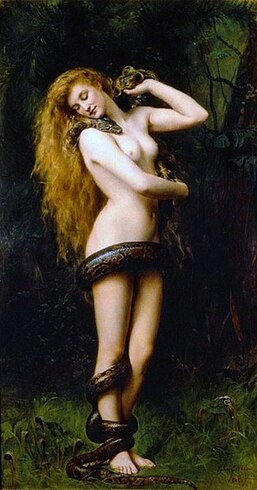 "Lilith," by John Collier, 1892. "Lilith," by John Collier, 1892. In the Jewish tradition, she is included in the medieval text The Alphabet of Ben Sira. Some even believe she harms pregnant women and drinks the blood of newborn babies. This view has similarity to the tragic Greco-Roman story of Lamia who was transformed into a bloodlusting demon when Hera took her children after a tryst with Zeus. Interestingly, Lilith is not only associated with dark desires but also protection. Again, in Judaism, incantation bowls were sometimes buried upside down in cemeteries or houses in order to protect the home by trapping demons. On these “demon trapping bowls,” Lilith’s resemblance was painted along with protective spells. Some of these incantation bowls have been found and date back all the way to the Sassanid Empire (Babylon, 4th to 6th centuries CE). Lilith also epitomizes the sexuality and feminine sensuality that women (including transgenders or anyone who identifies with the divine feminine) are often told to hide or keep hidden in our patriarchal society. She symbolizes the lust deep within feminine sensuality. In Astrology, Lilith has important symbolic significance. Because Lilith is considered a “dark” goddess, darker associations prevail (e.g. pain, dark desires or sometimes negative emotions) in a person whose chart being worked on. For example, Lilith can represent a toxic relationship filled with misunderstanding and sometimes disrespect at its center. Graphically, the symbol used for Lilith has a crescent with a cross which can symbolize both mind and matter.  Carl Jung mentioned that Lilith was a “shamanistic anima” that could aid the repressed feminine to attain understanding and wisdom. This can be associated with Black Moon Lilith. Understanding and interpreting Black Moon Lilith in an astrological birth chart can bring information to the surface related to the shadow side of an individual. Black Moon Lilith is radical and accepting of what no longer serves us, allowing any untruths to be cast away until all that remains is the wild primal self. |
Archives
April 2024
MastheadPublisher Categories |
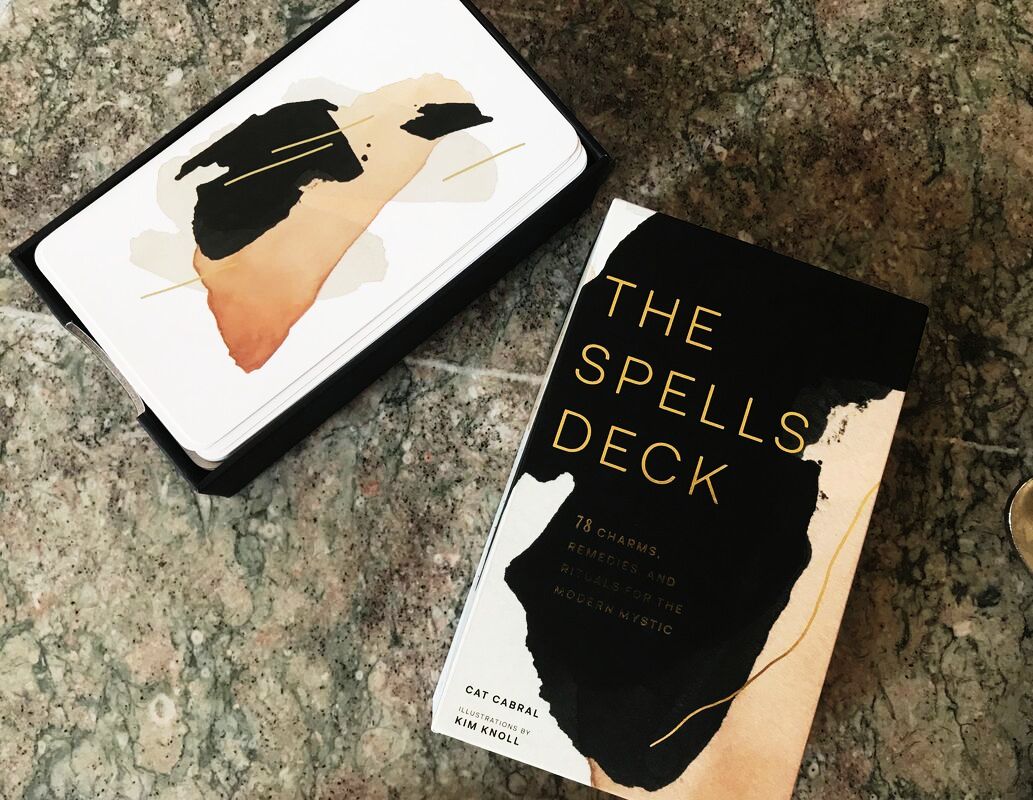

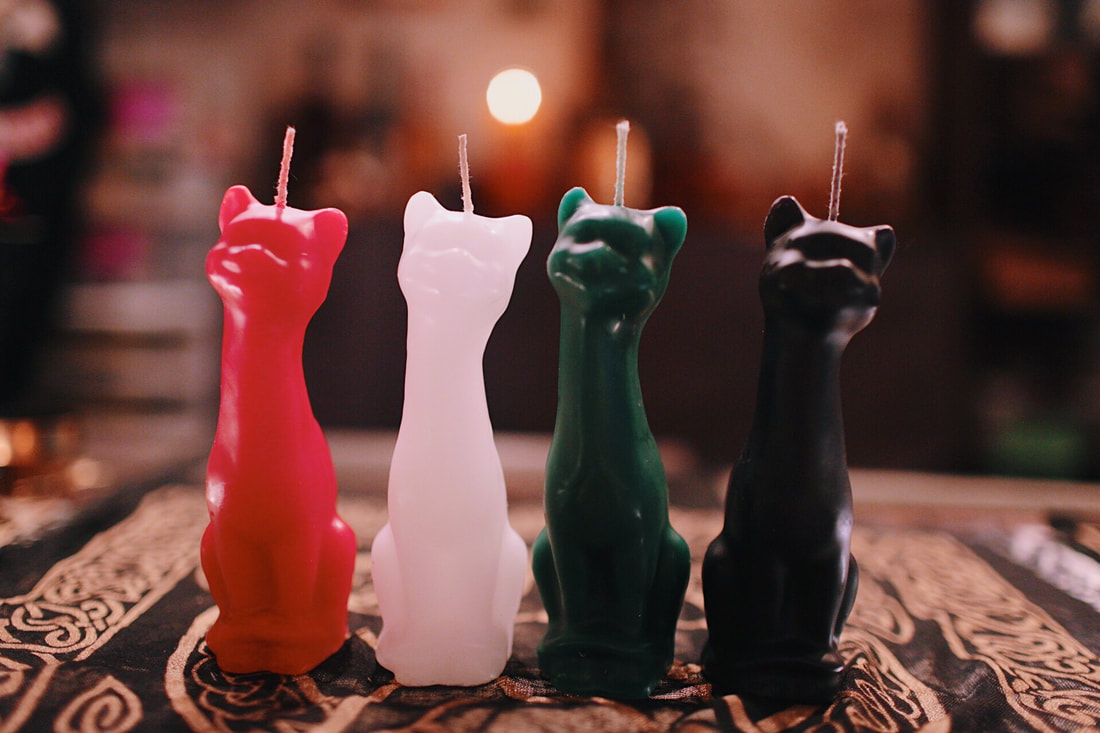


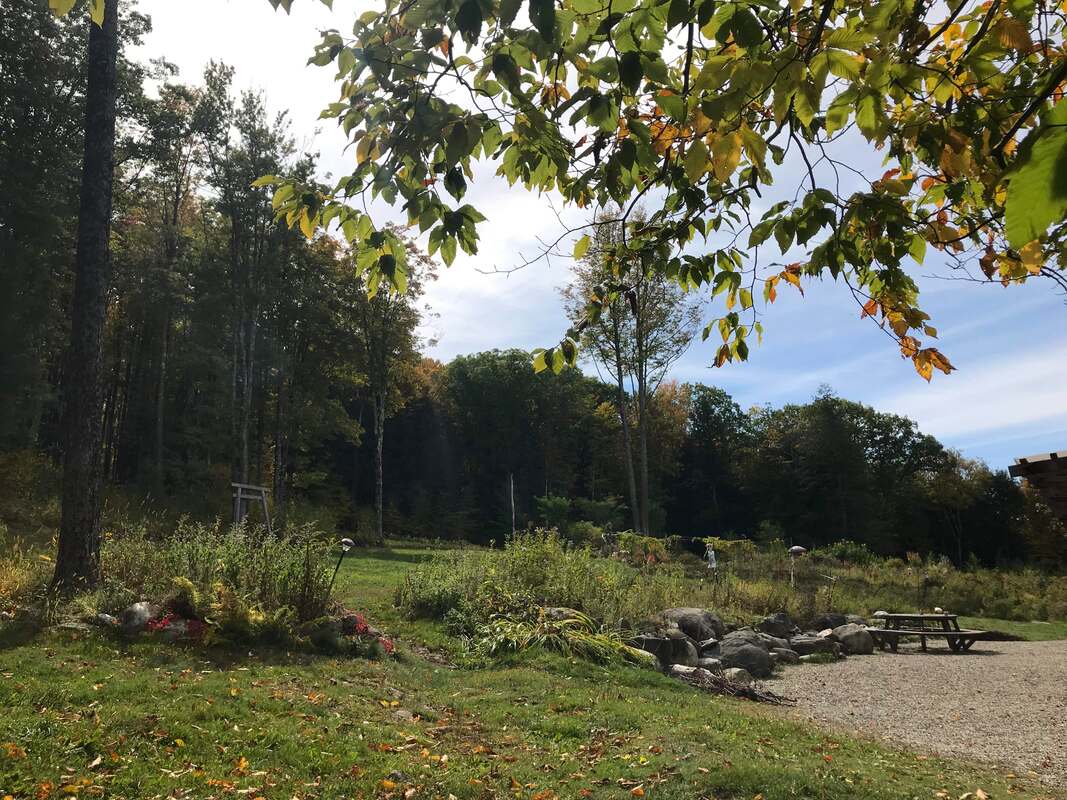

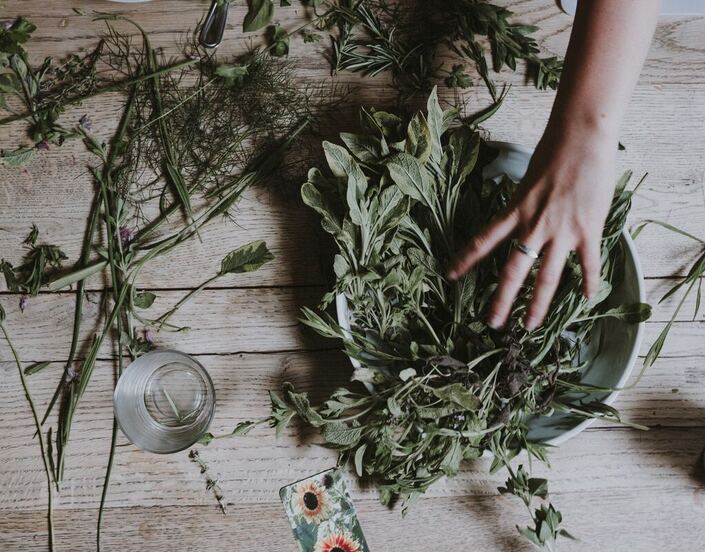
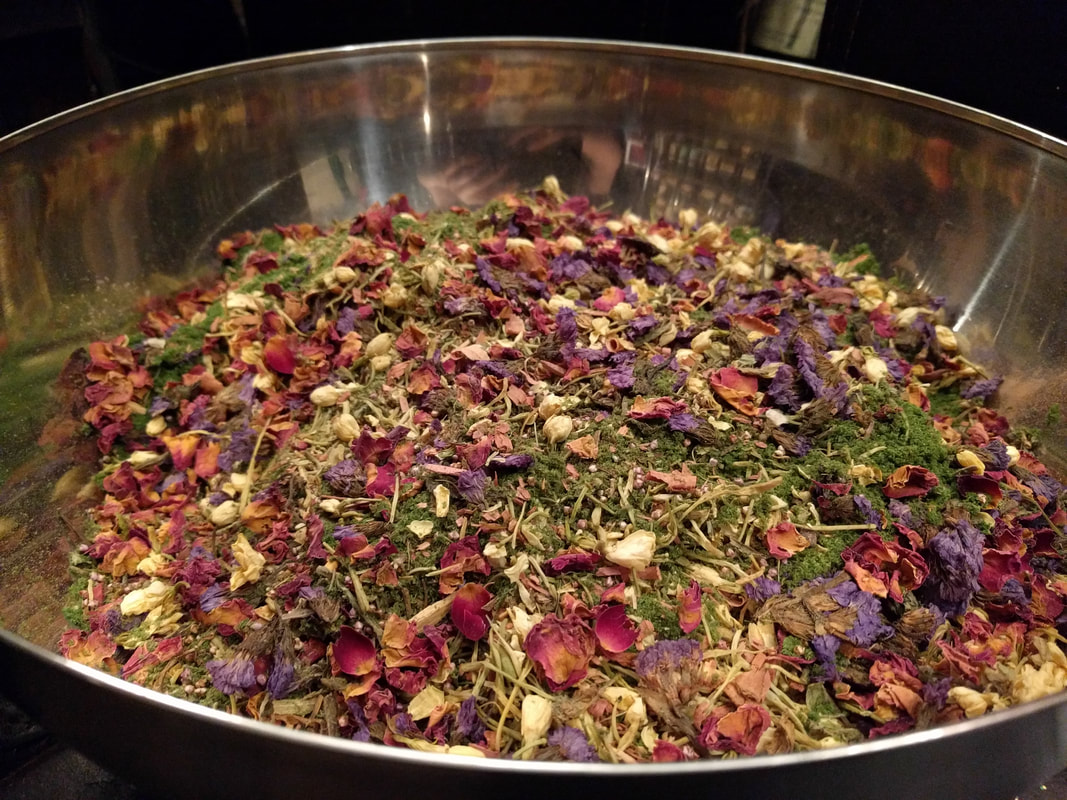

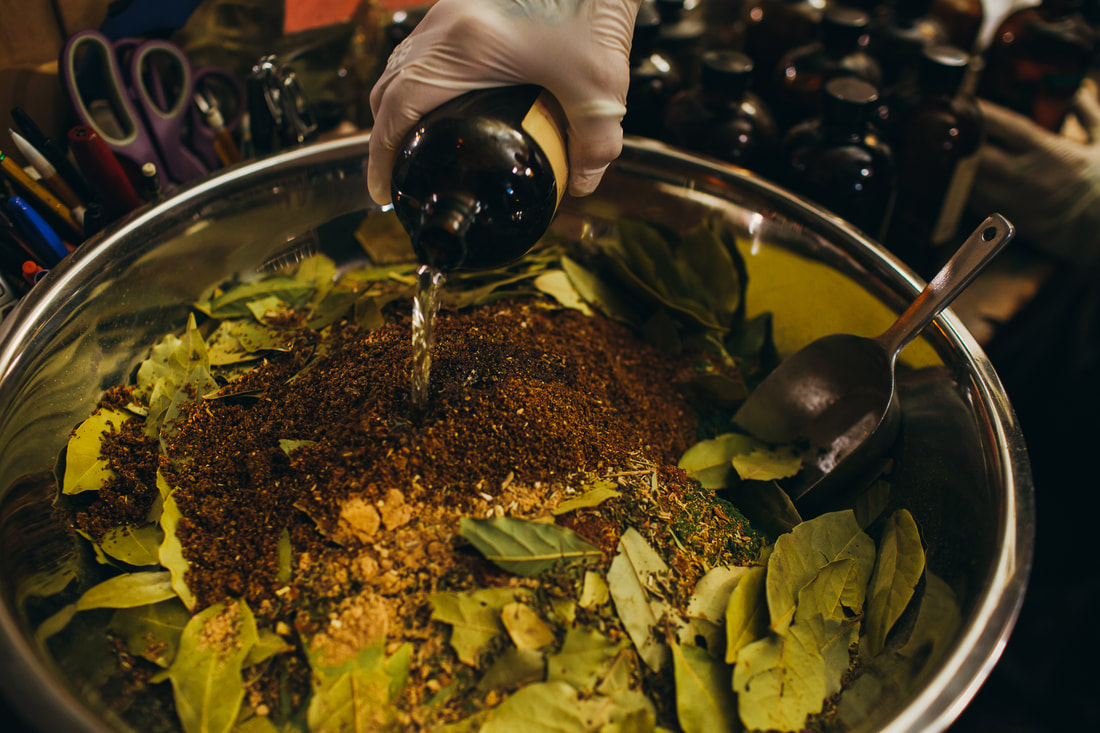


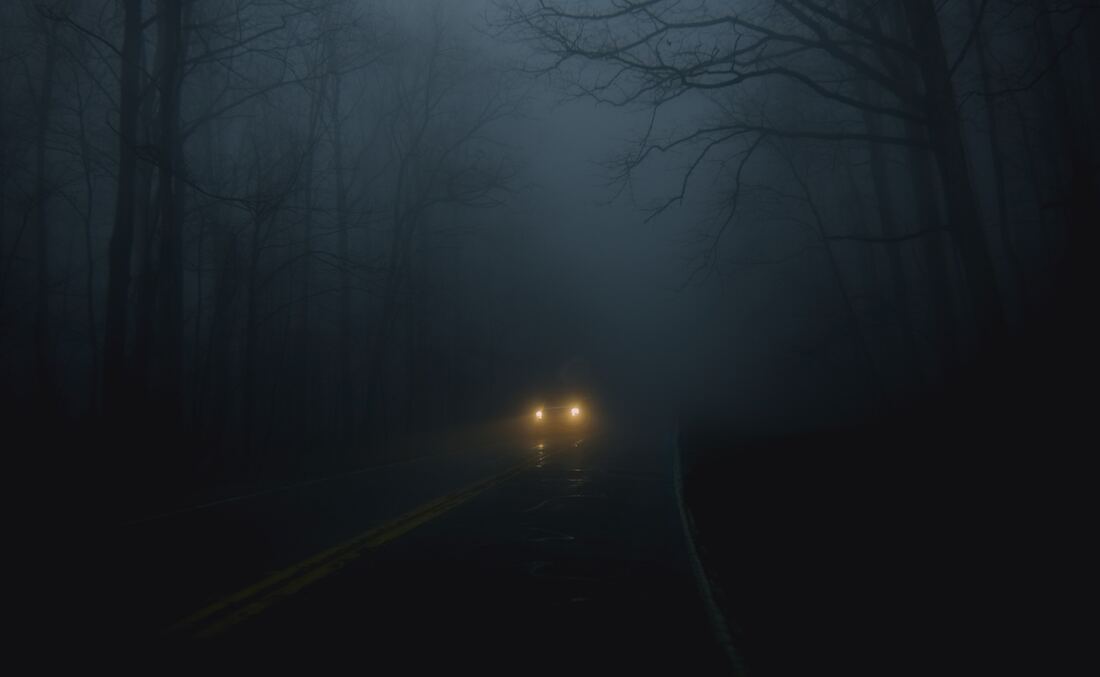
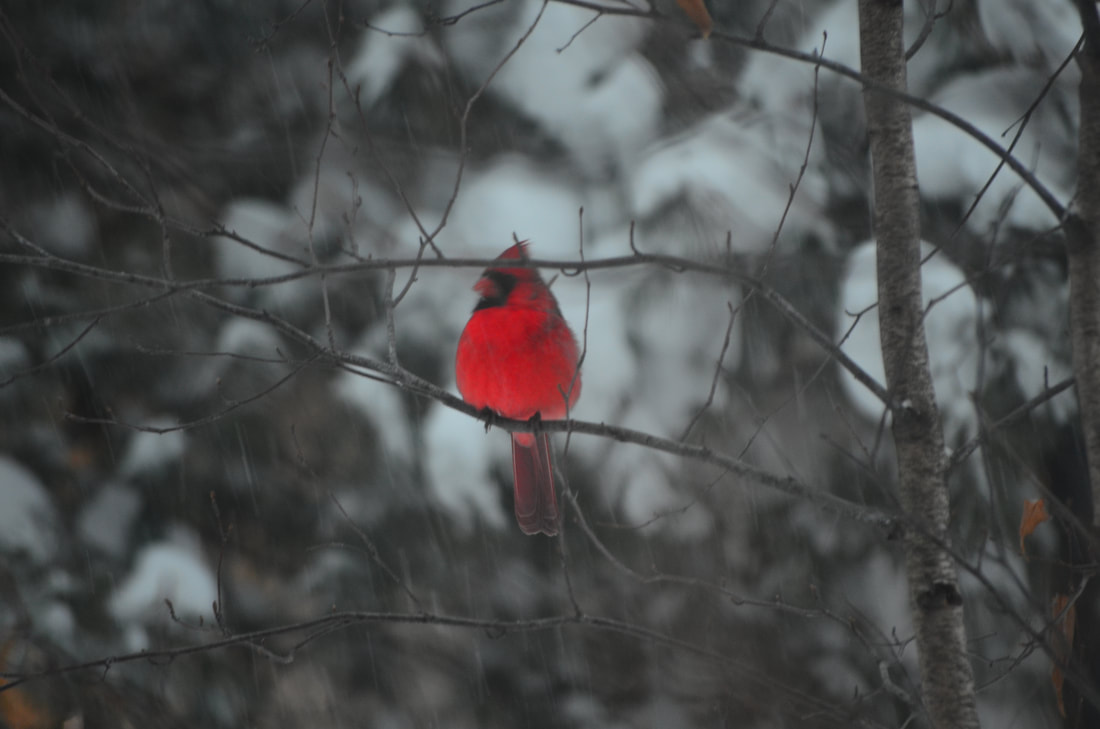
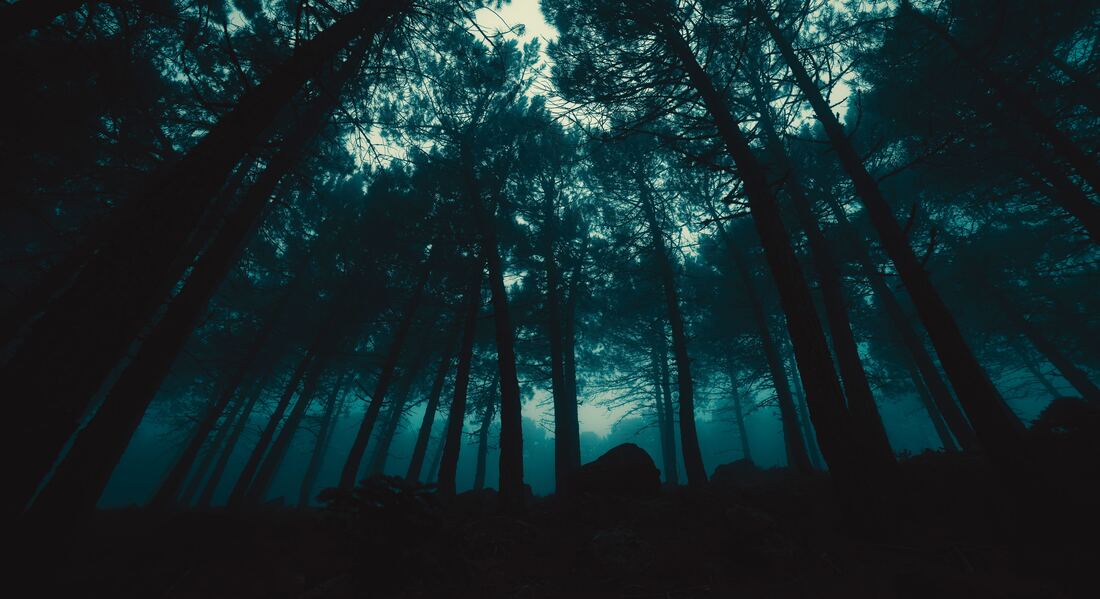
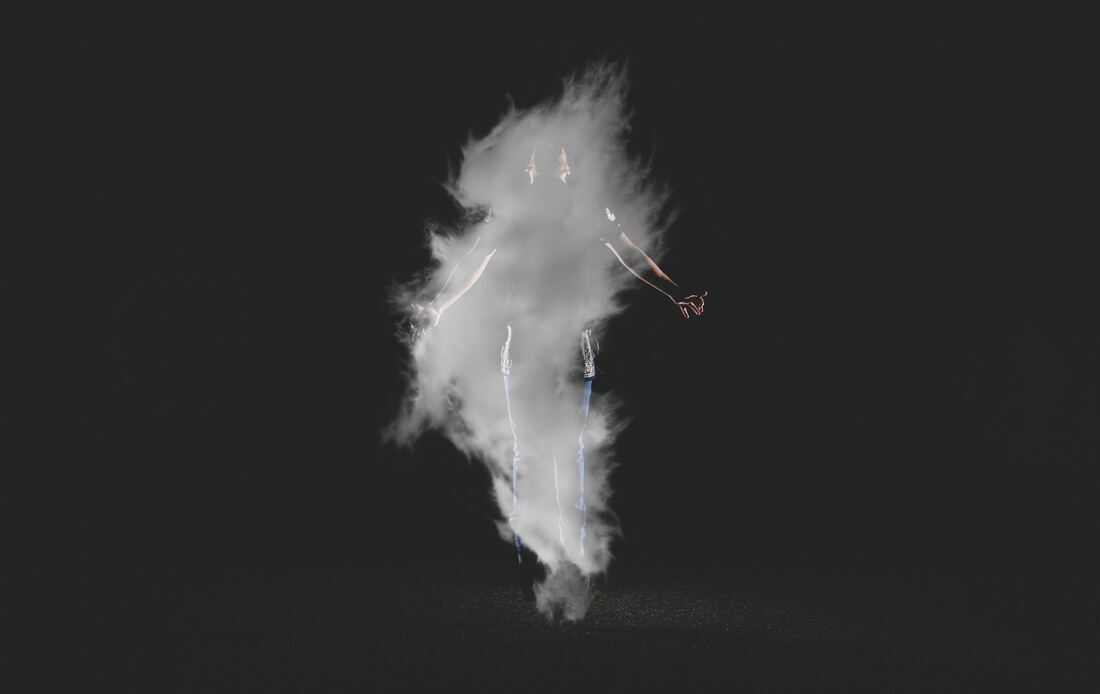
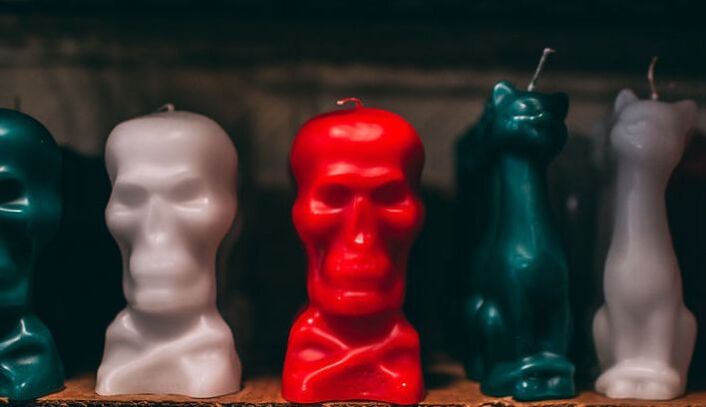
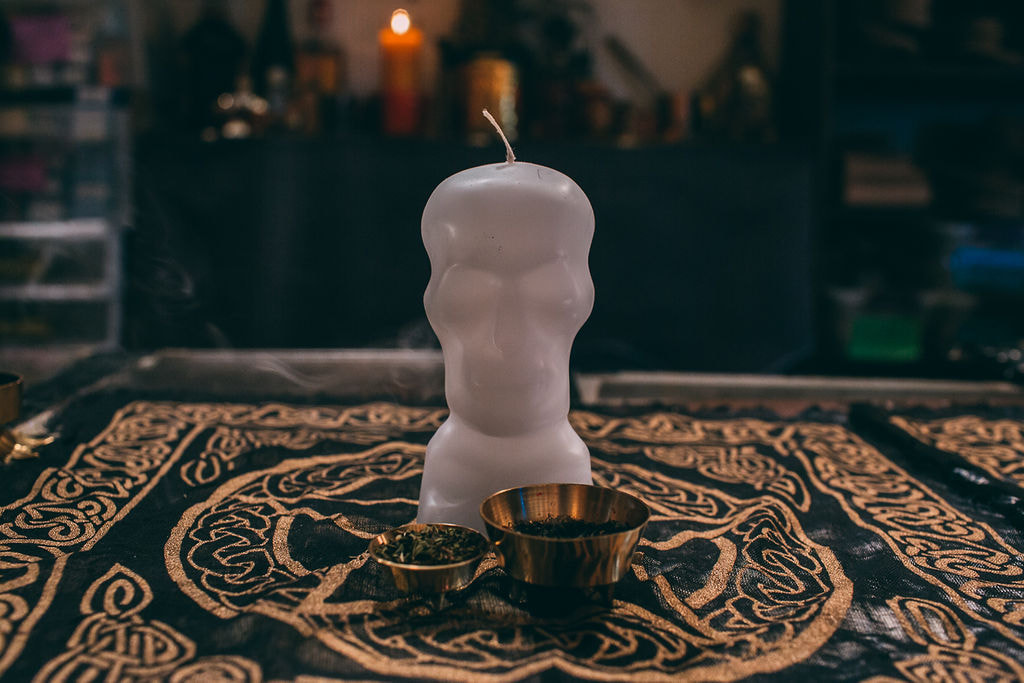
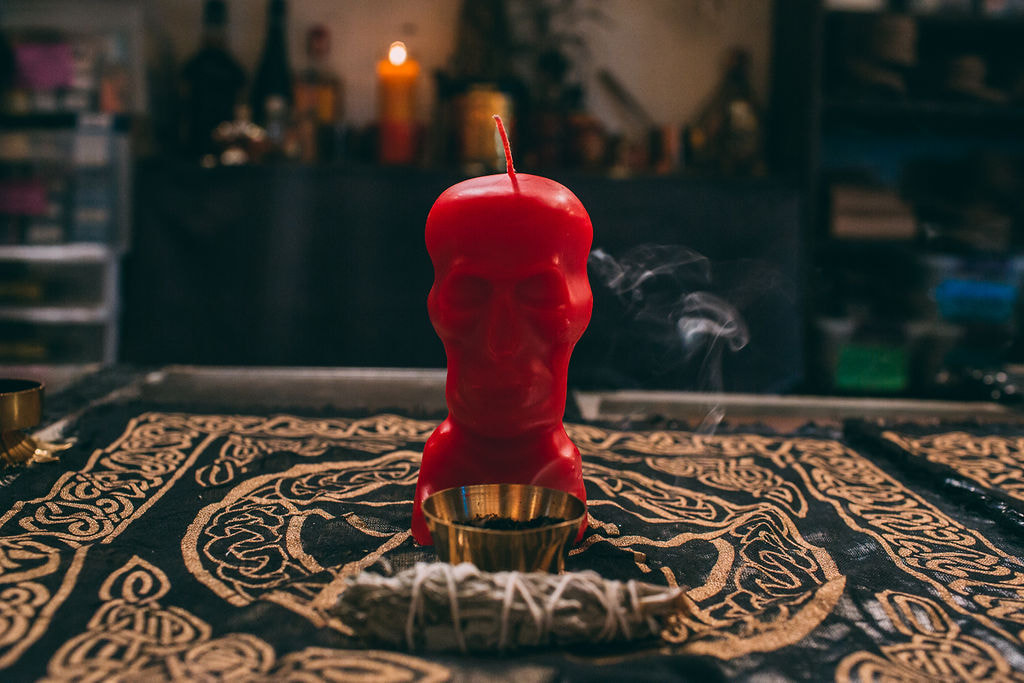
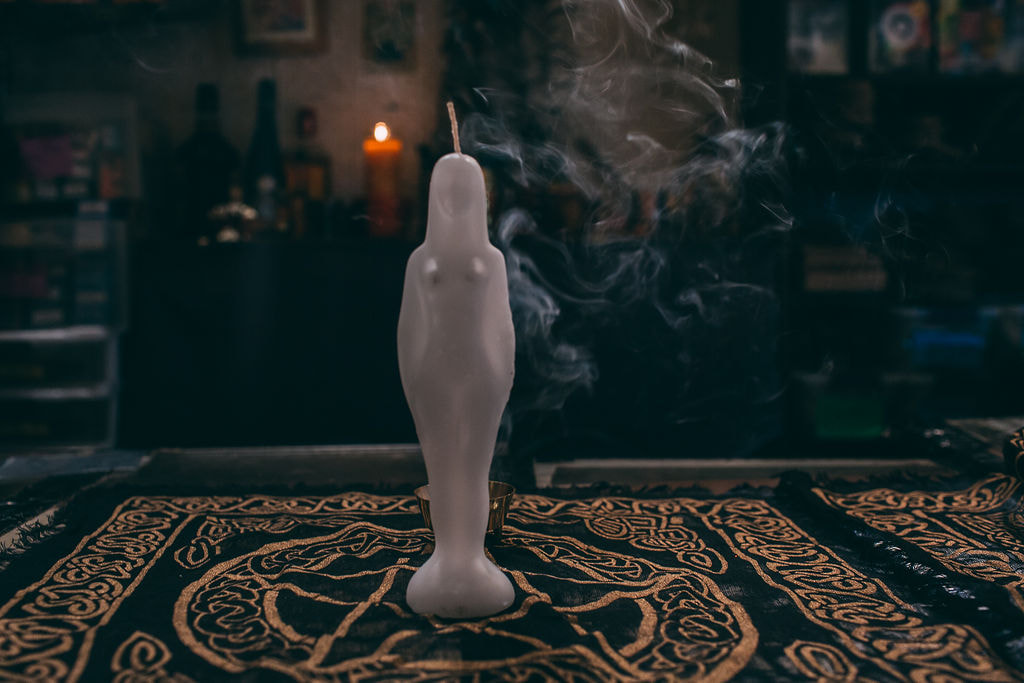
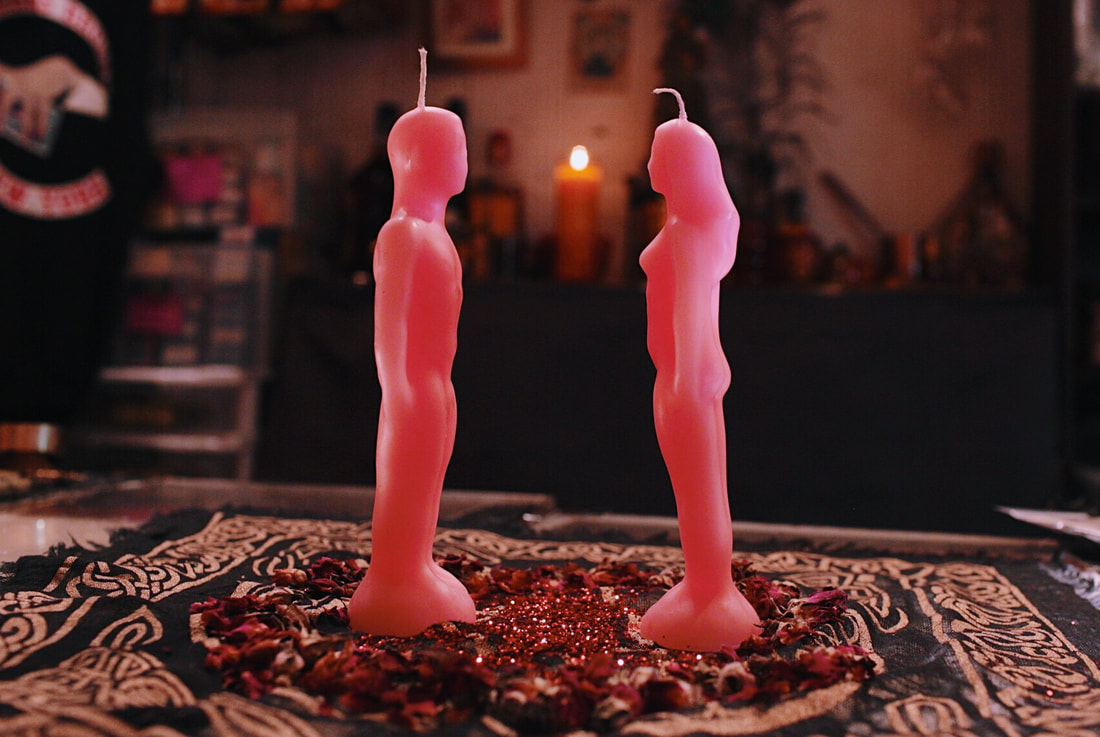
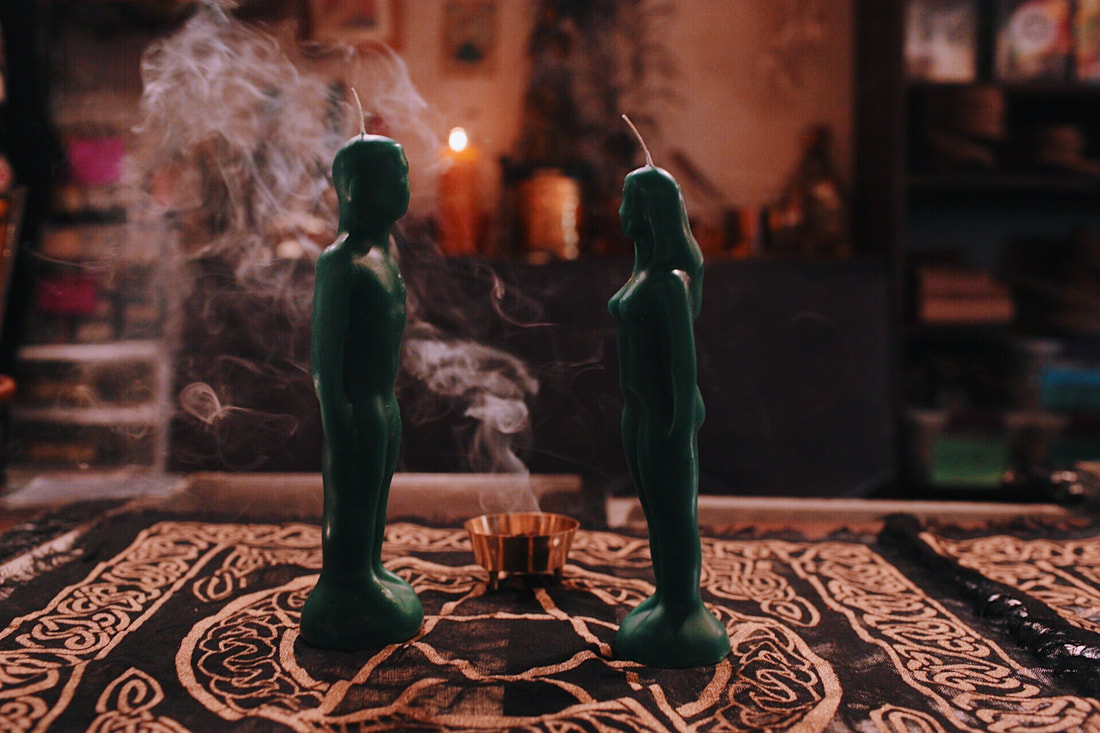
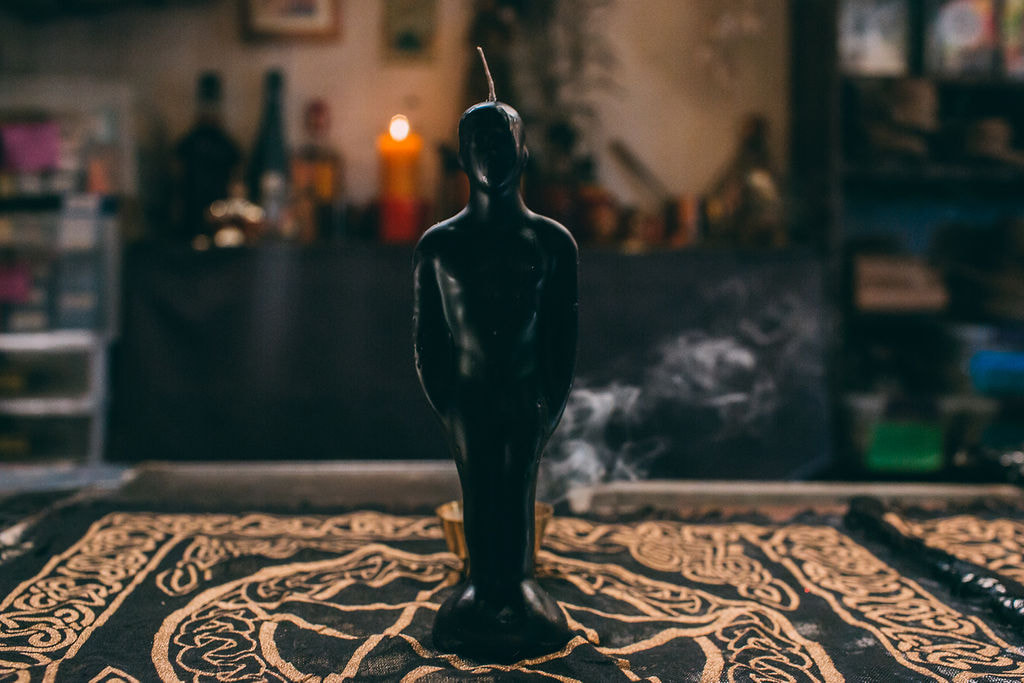
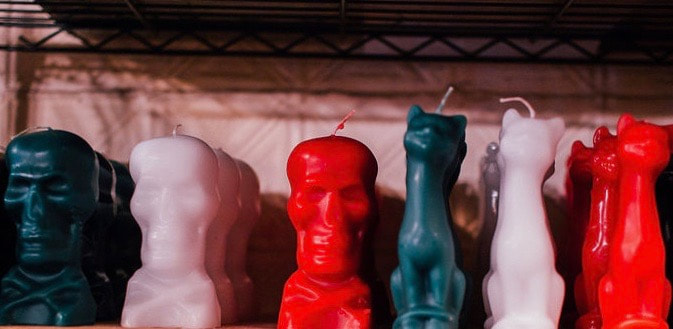
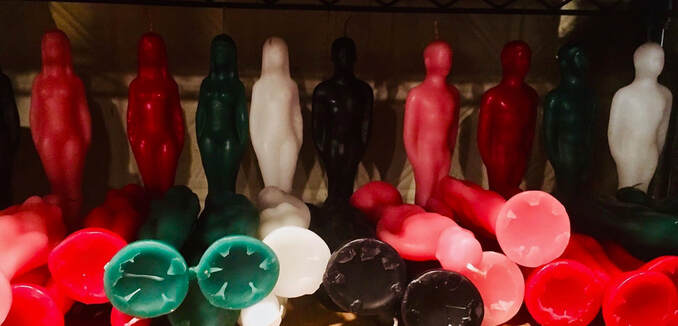
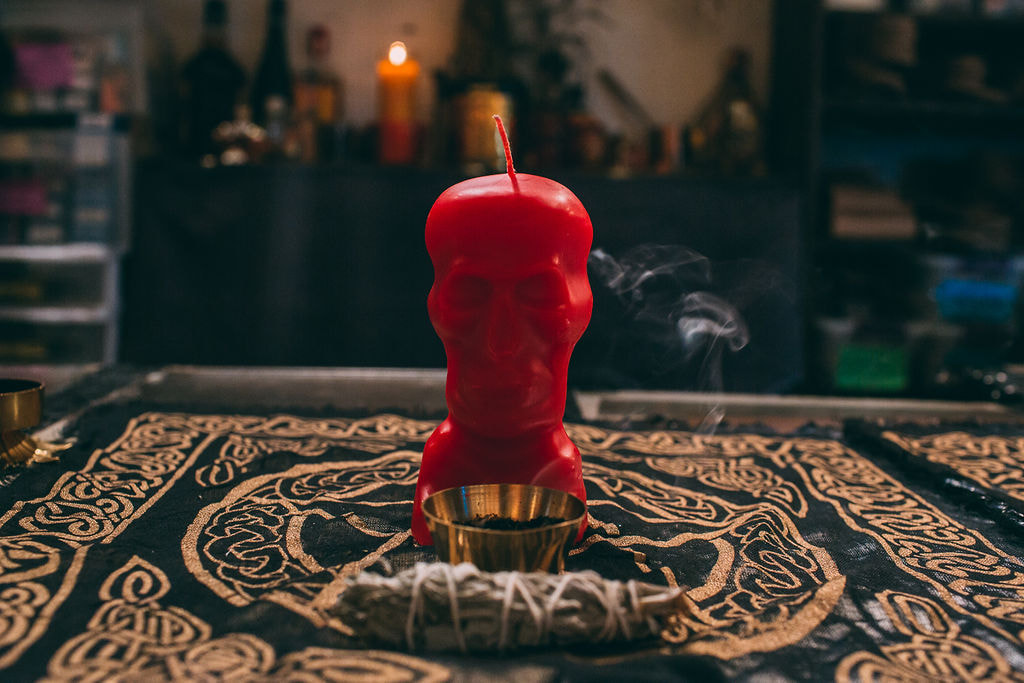
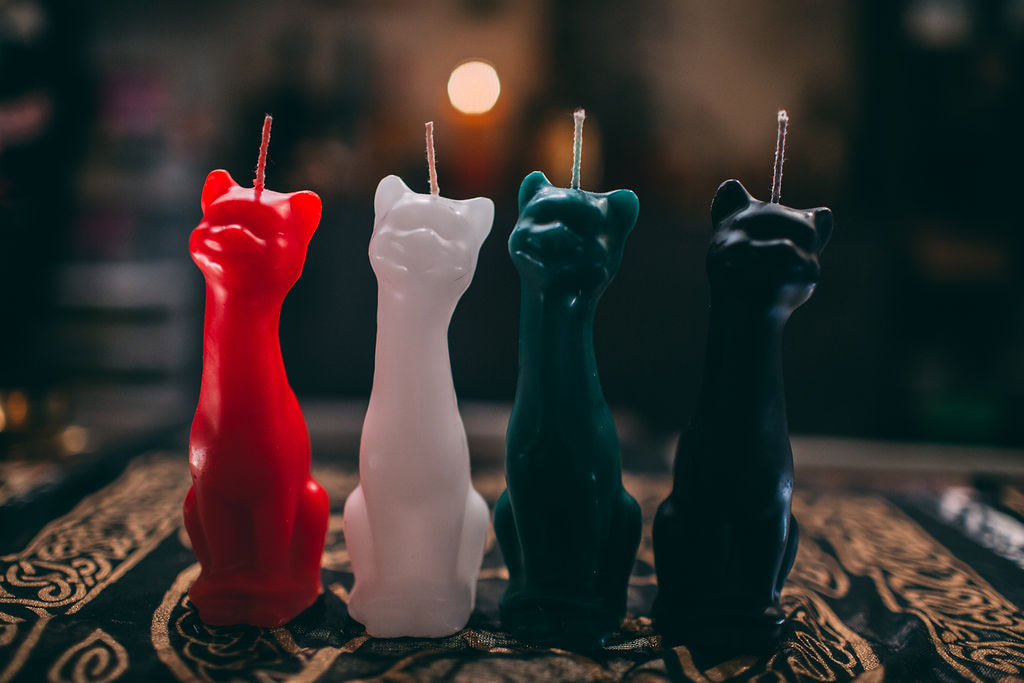

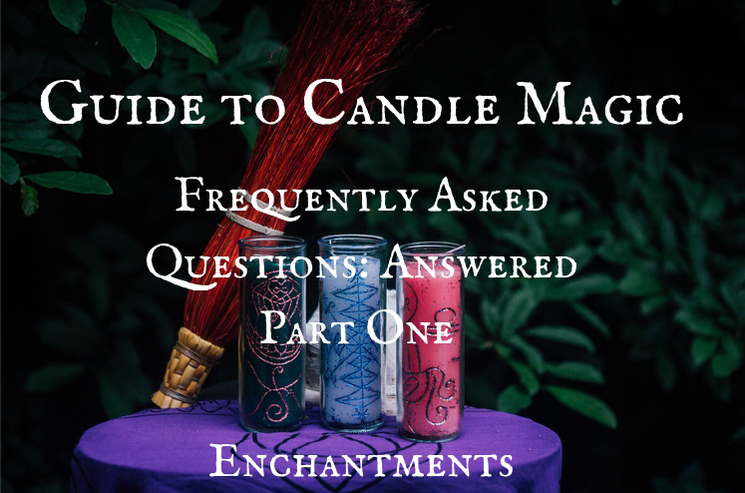
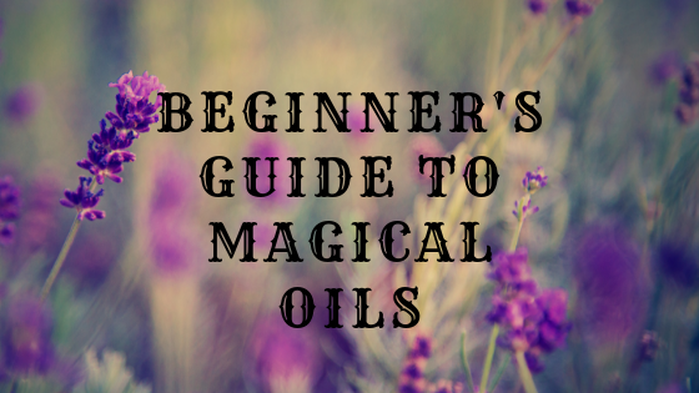
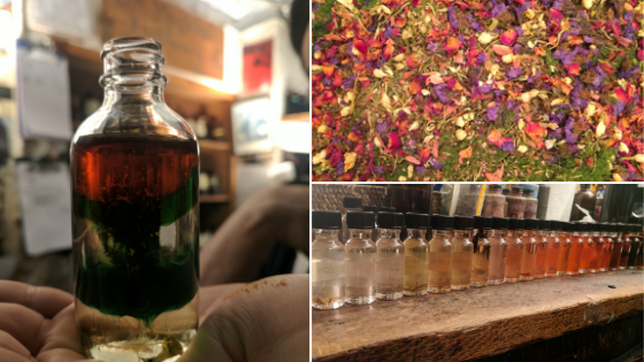

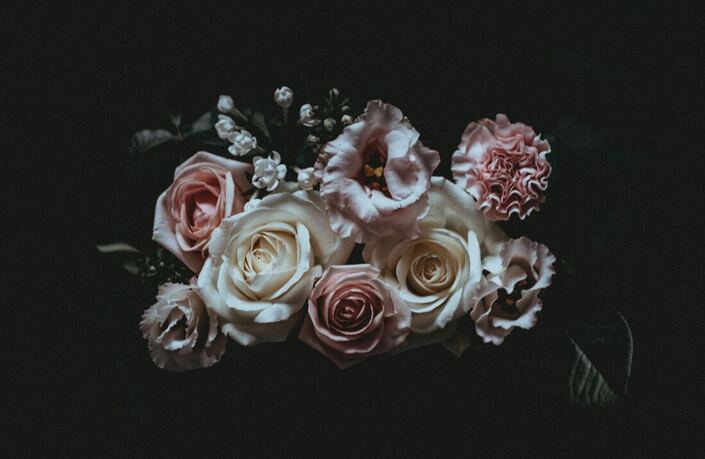
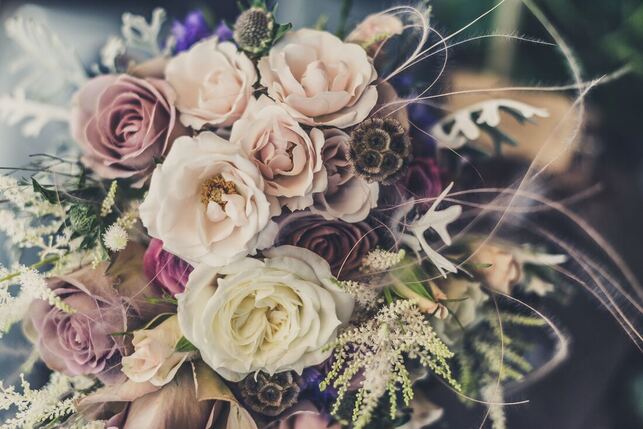


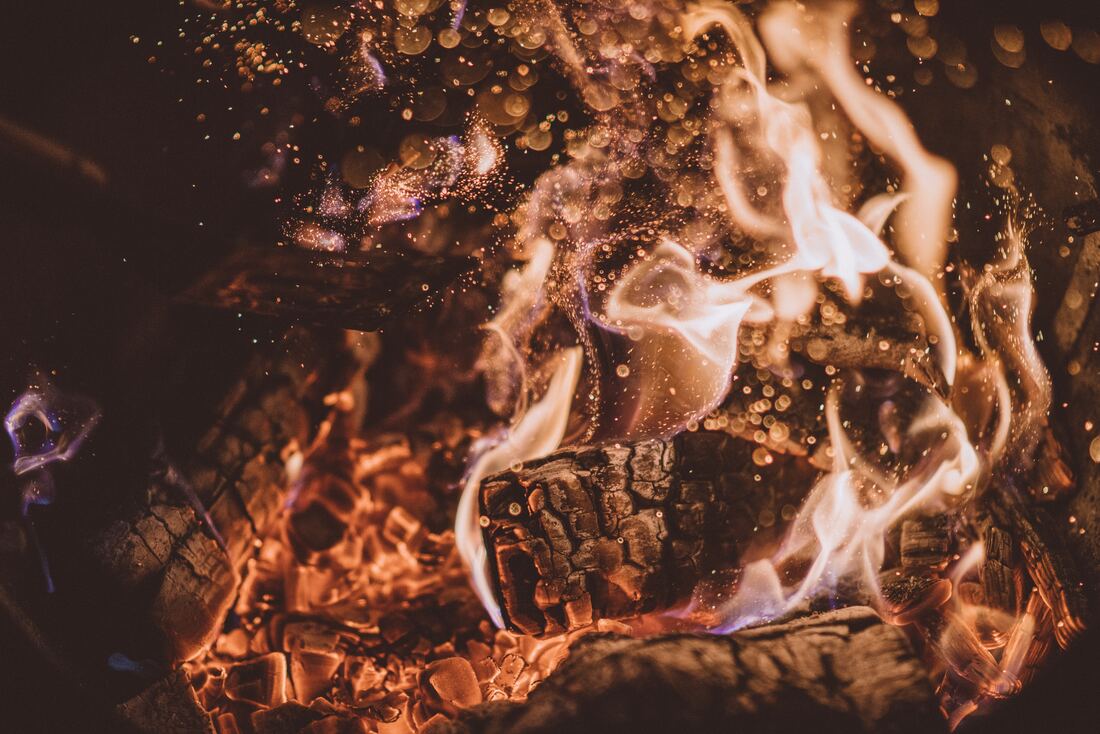
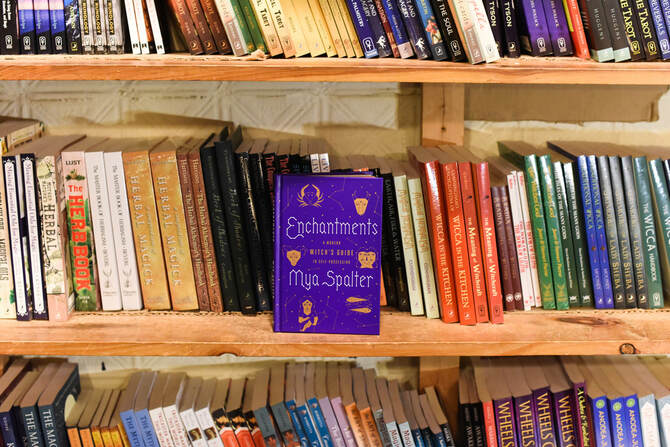
 RSS Feed
RSS Feed